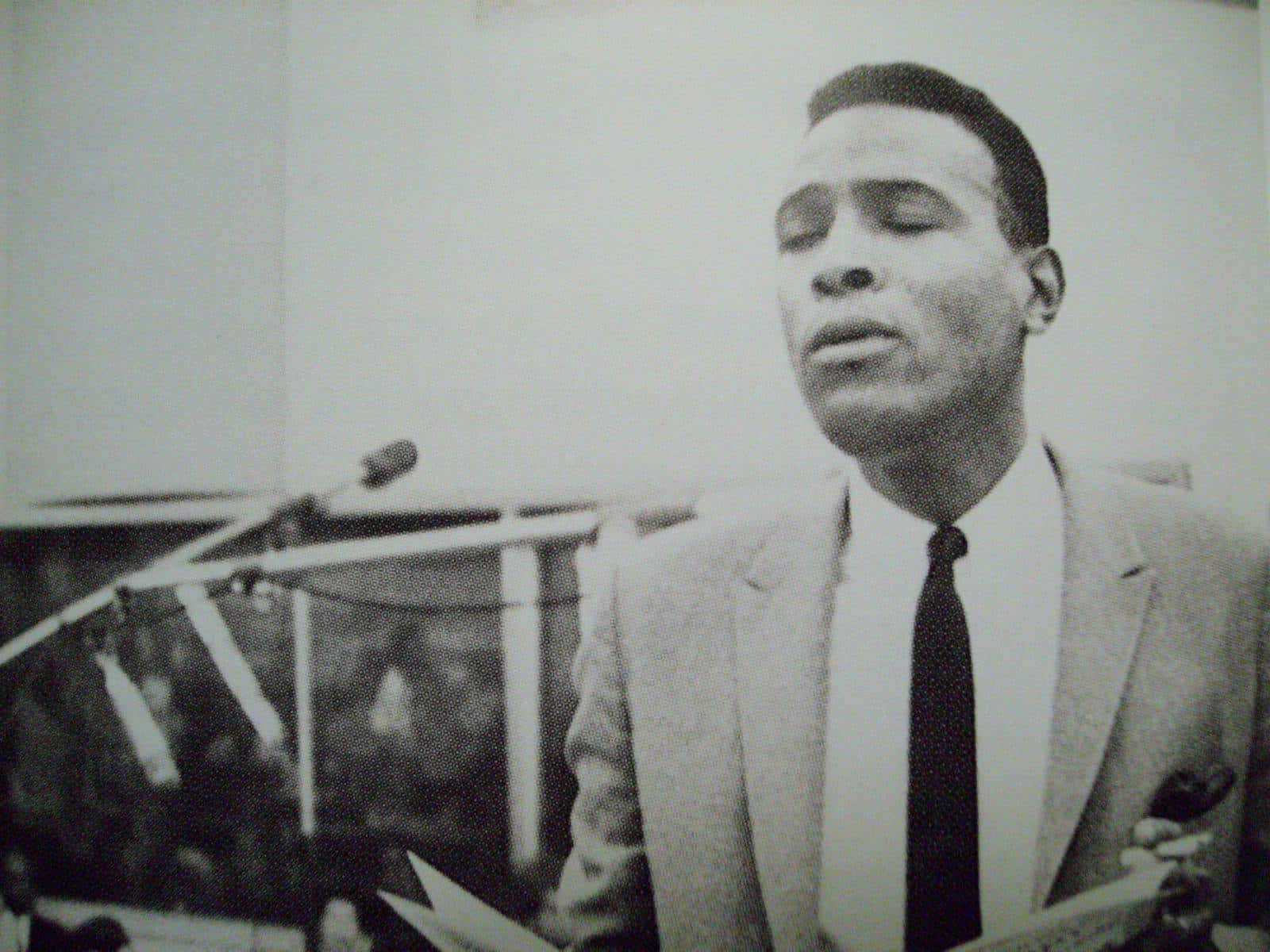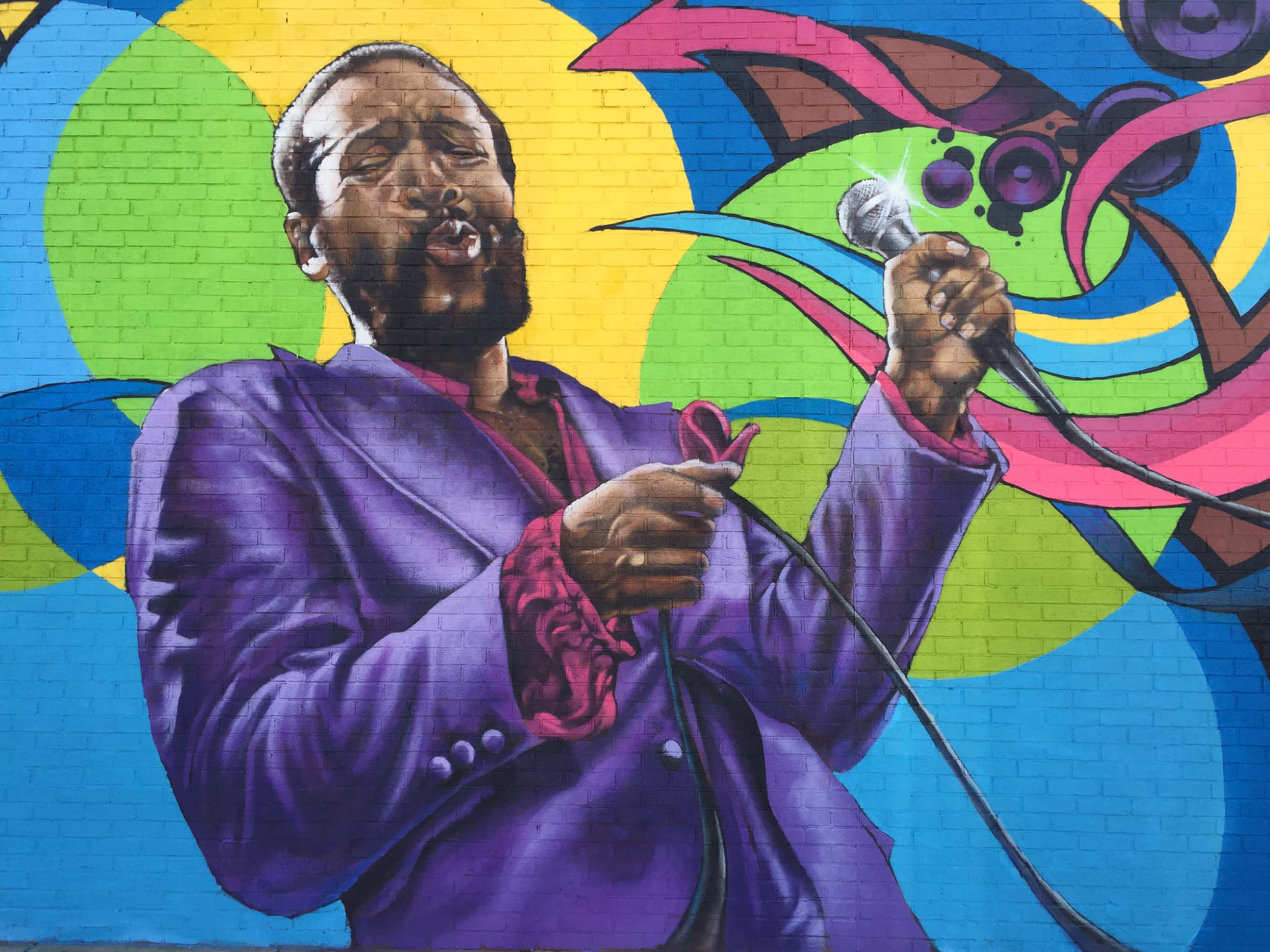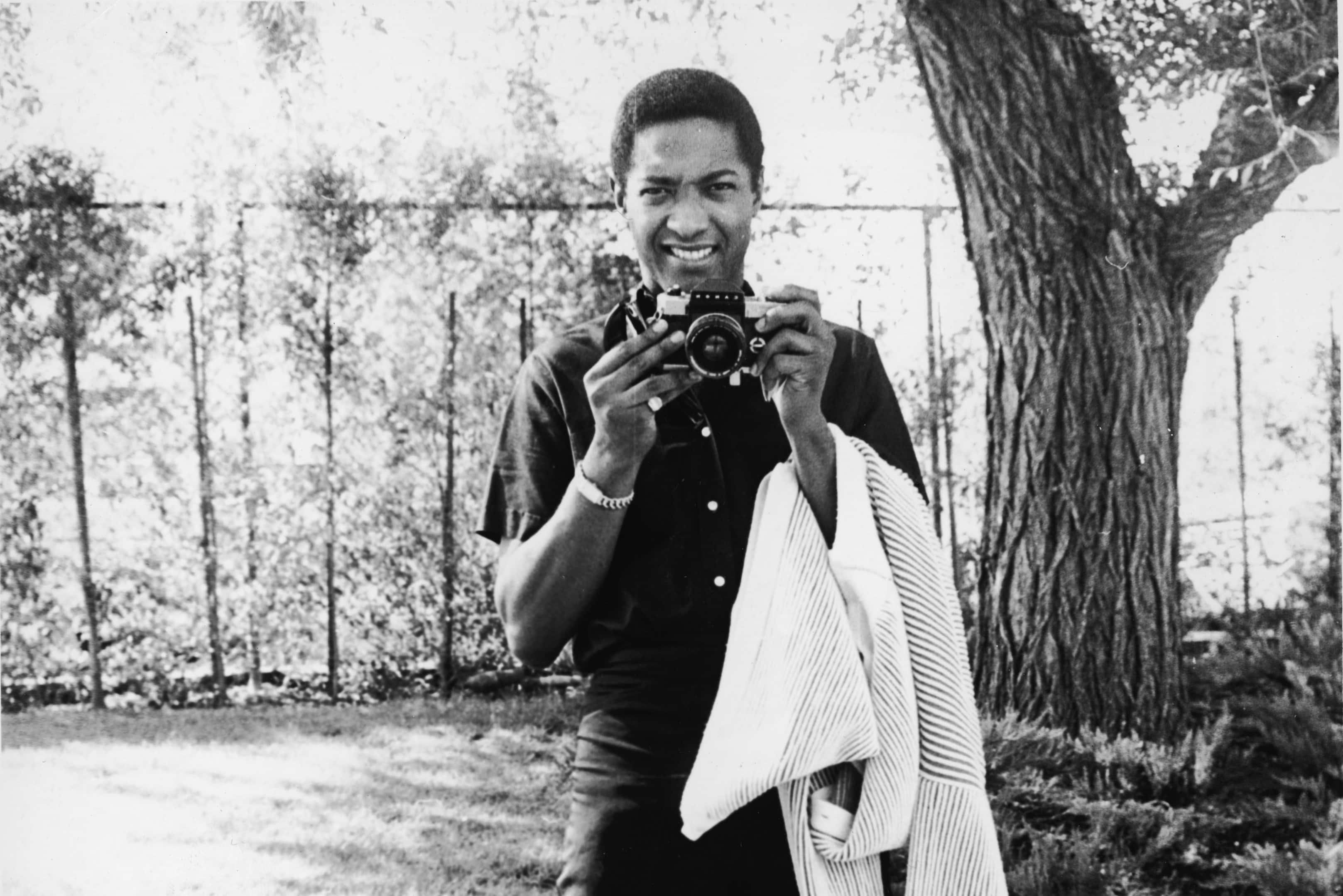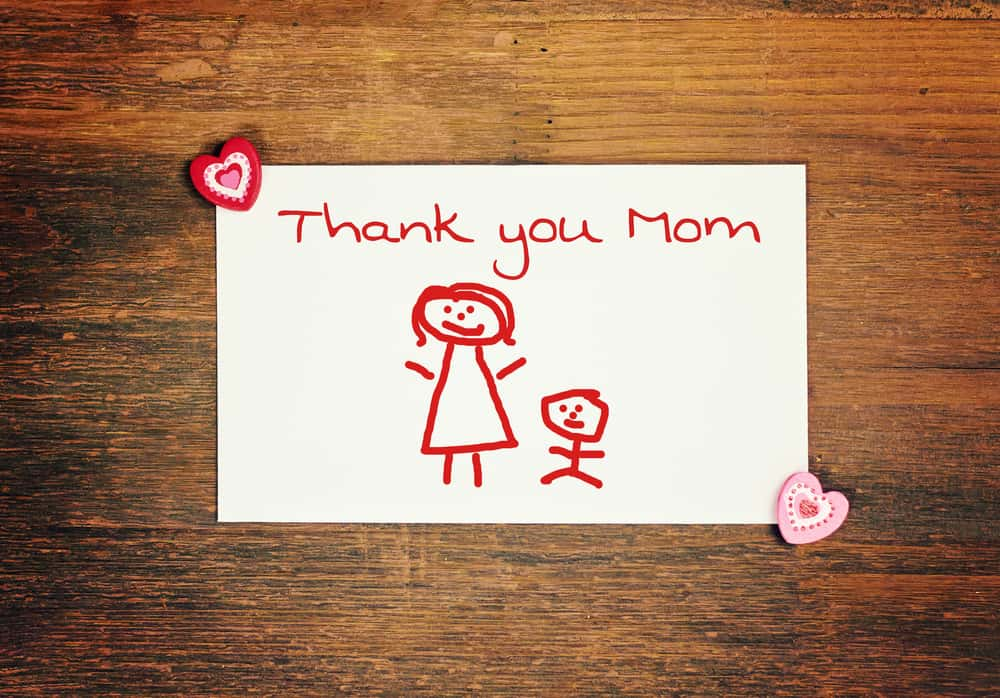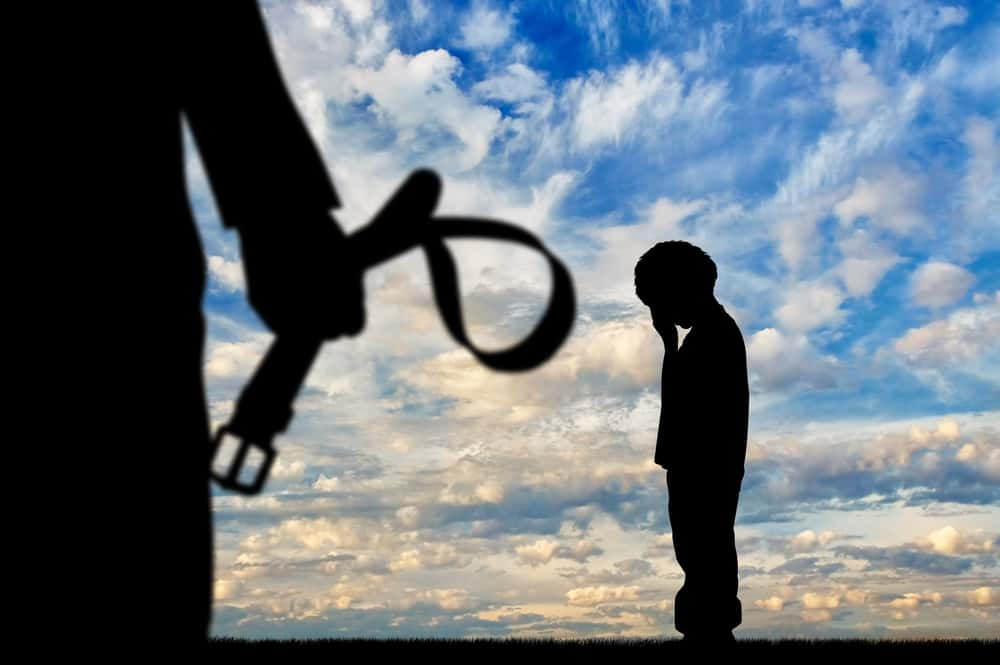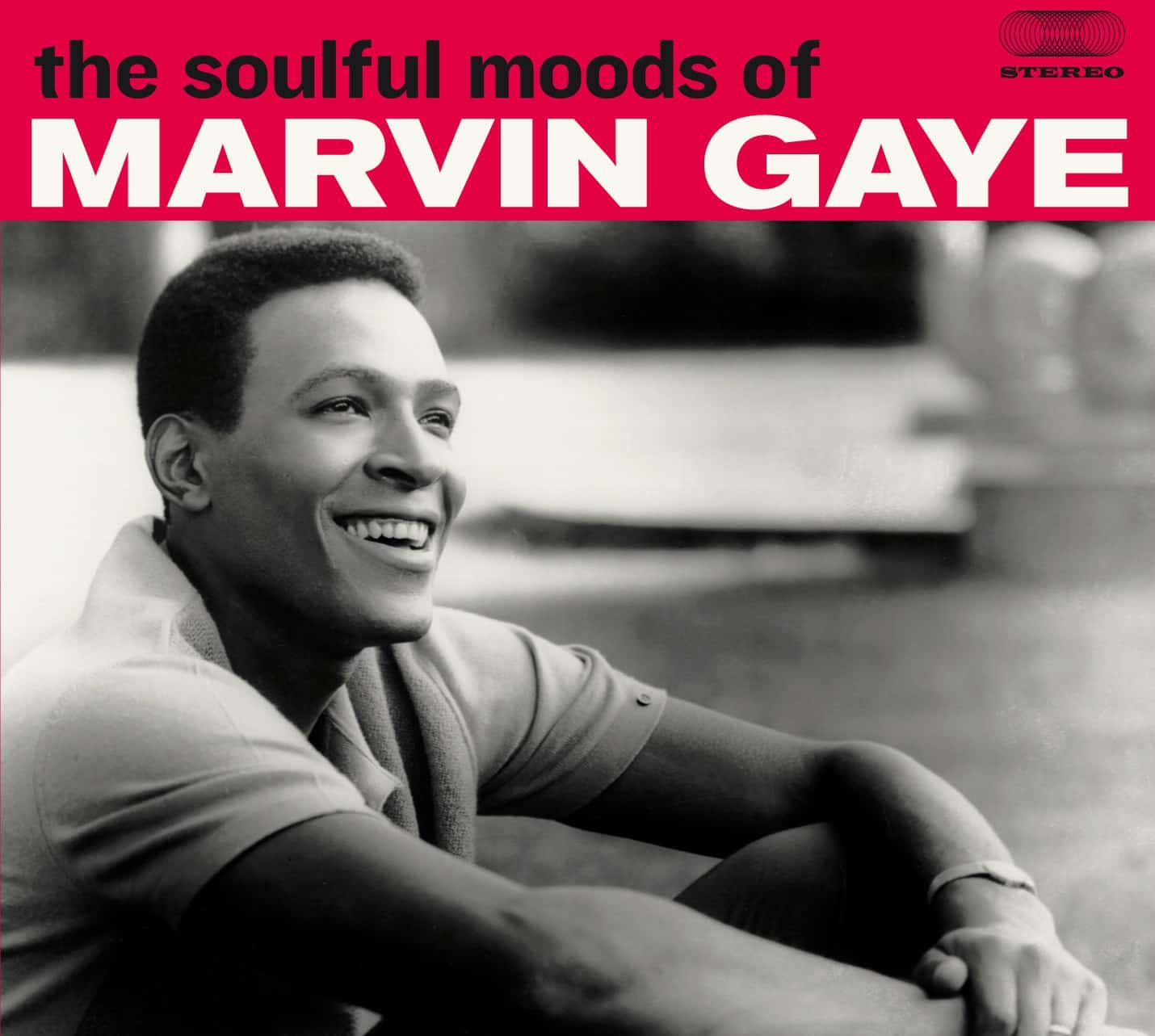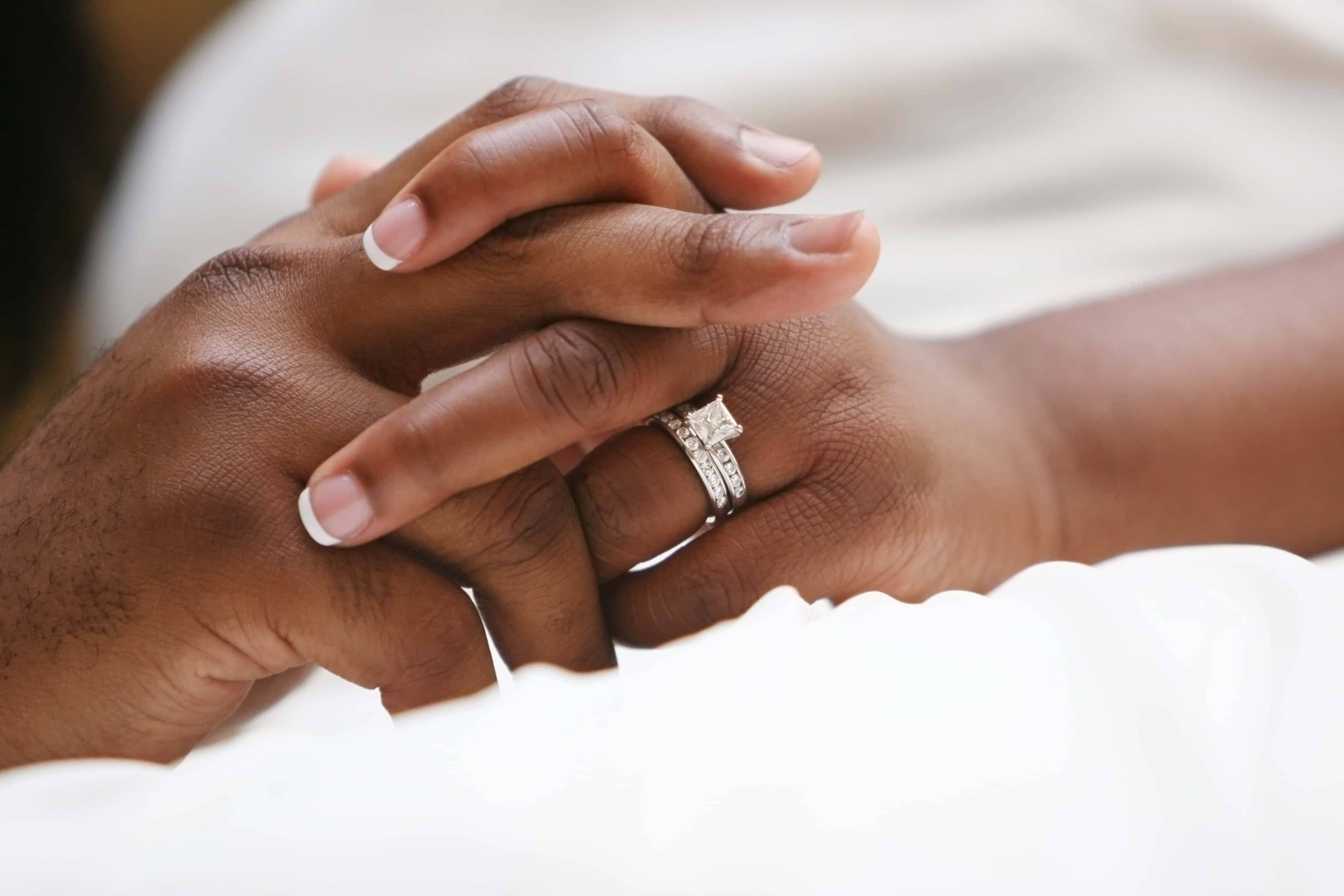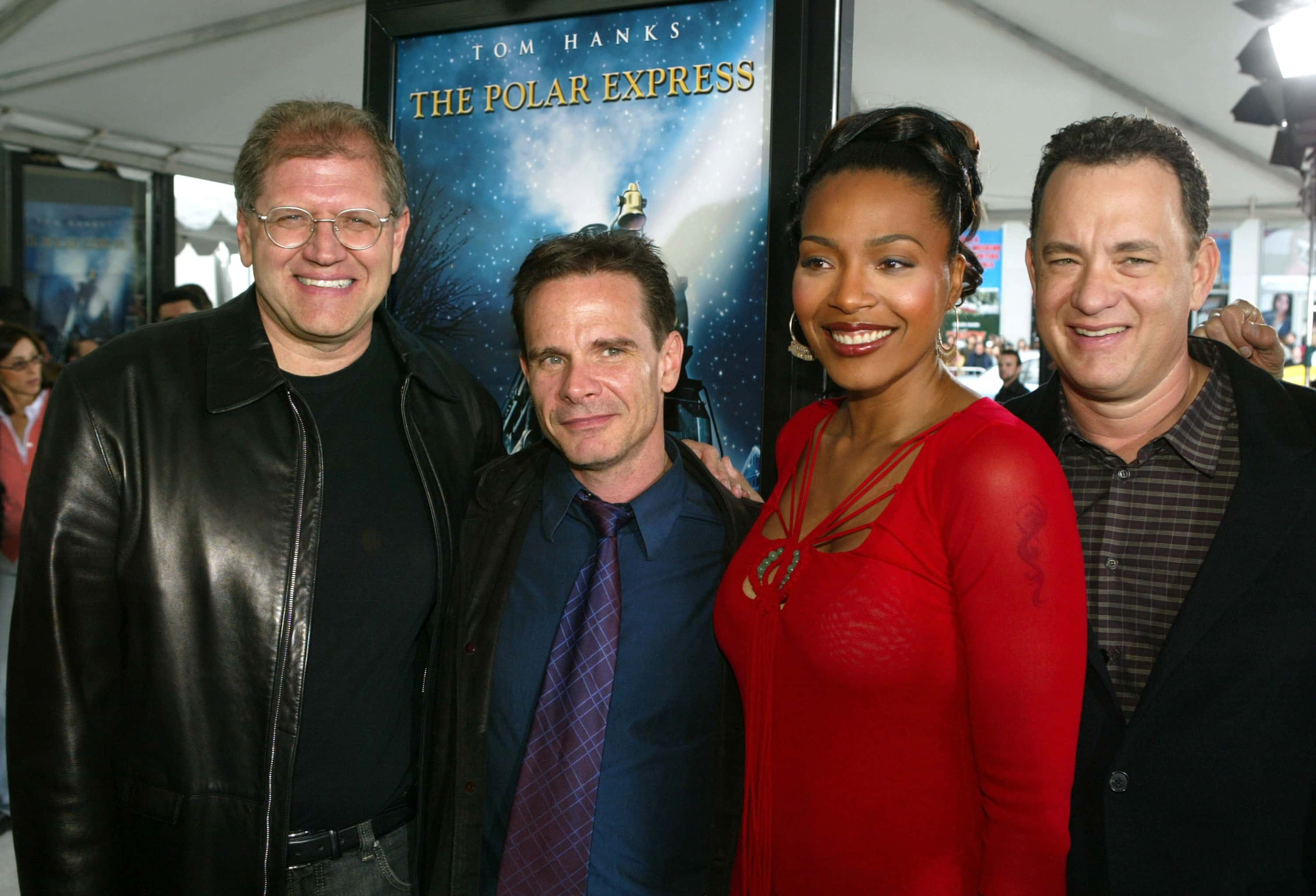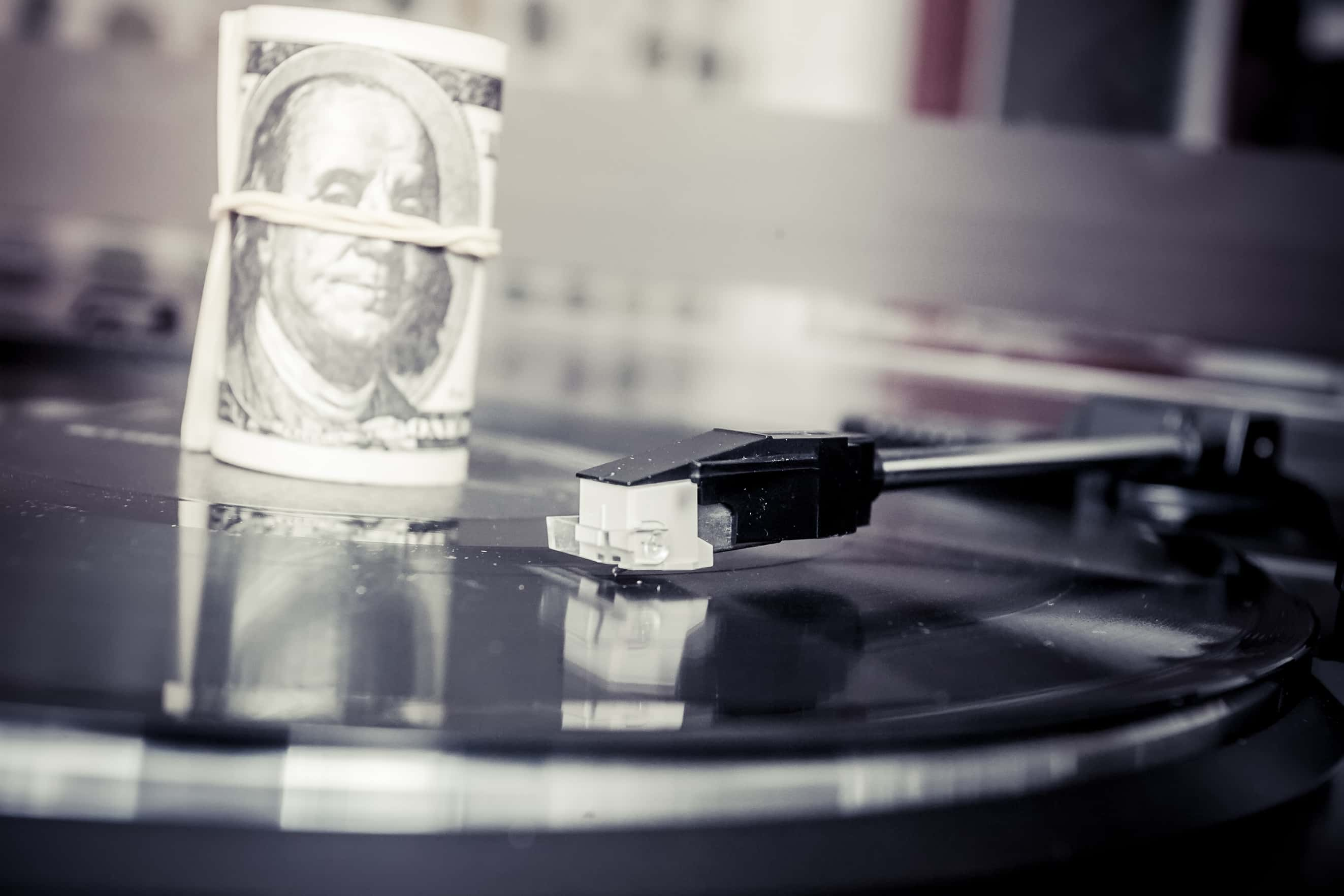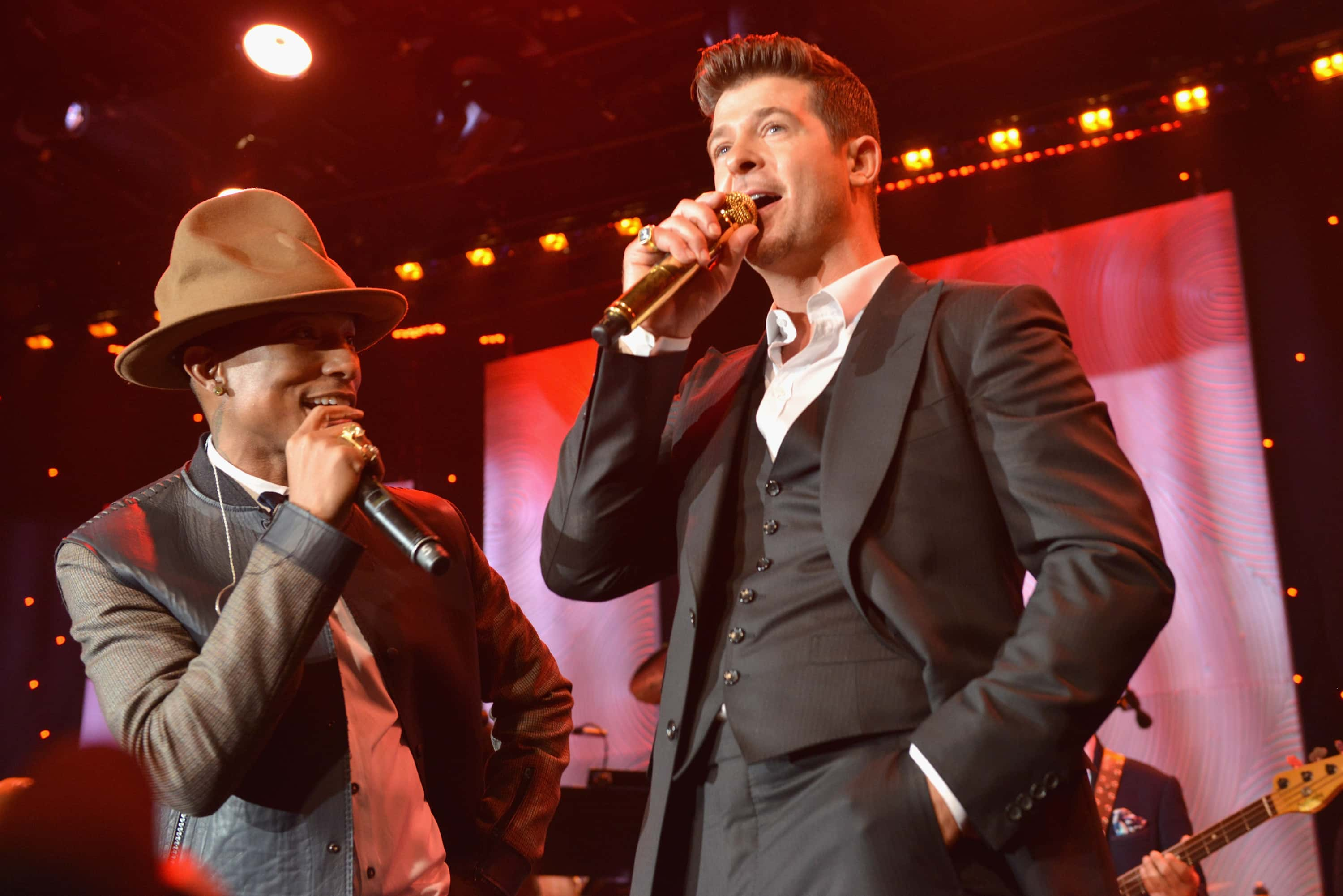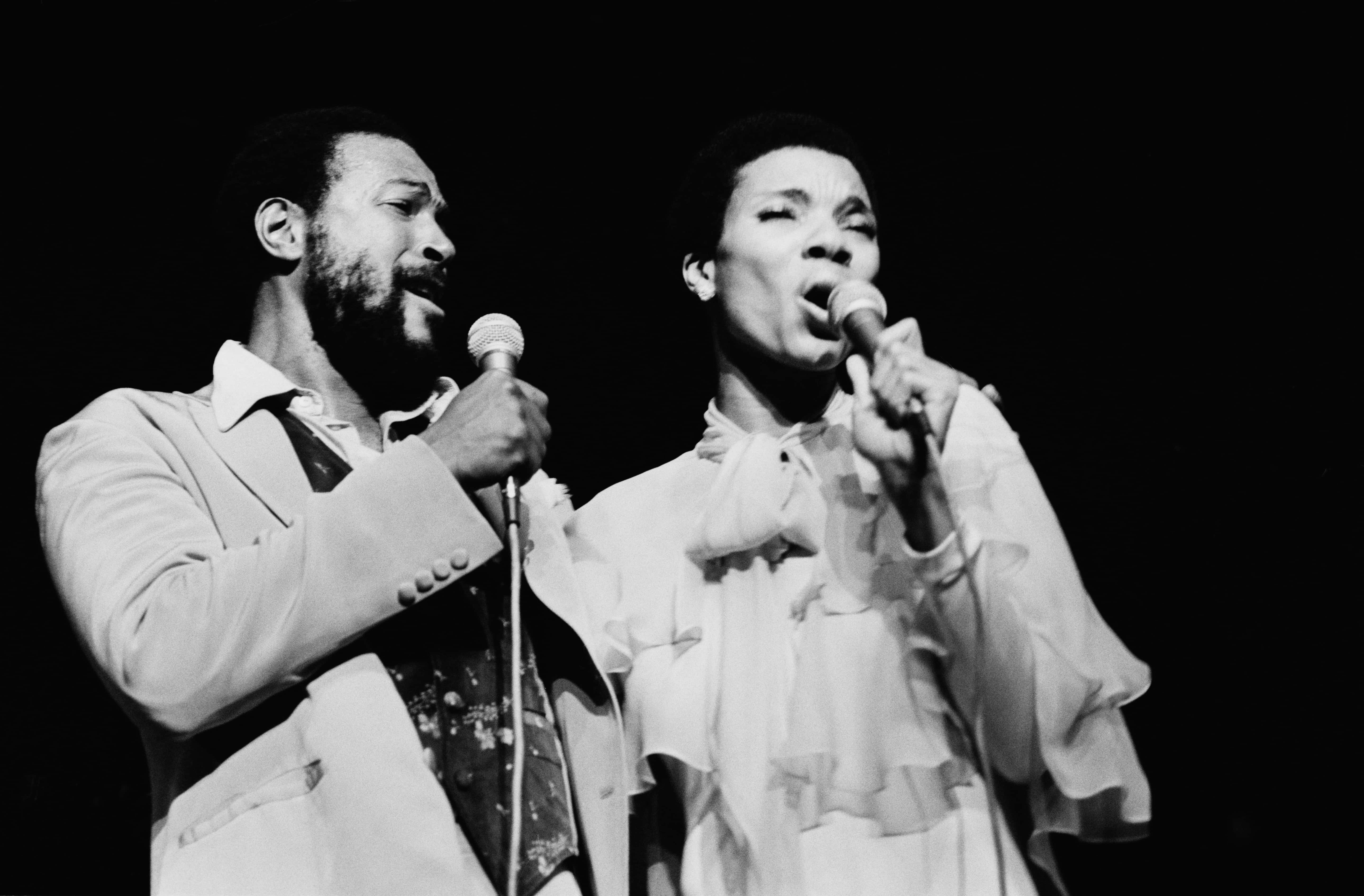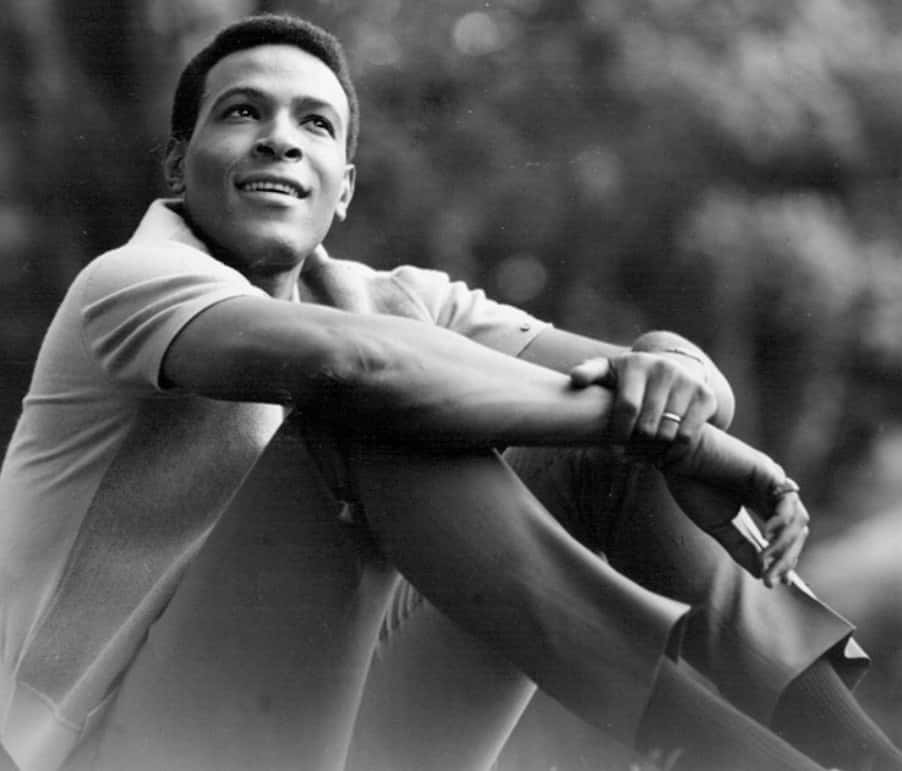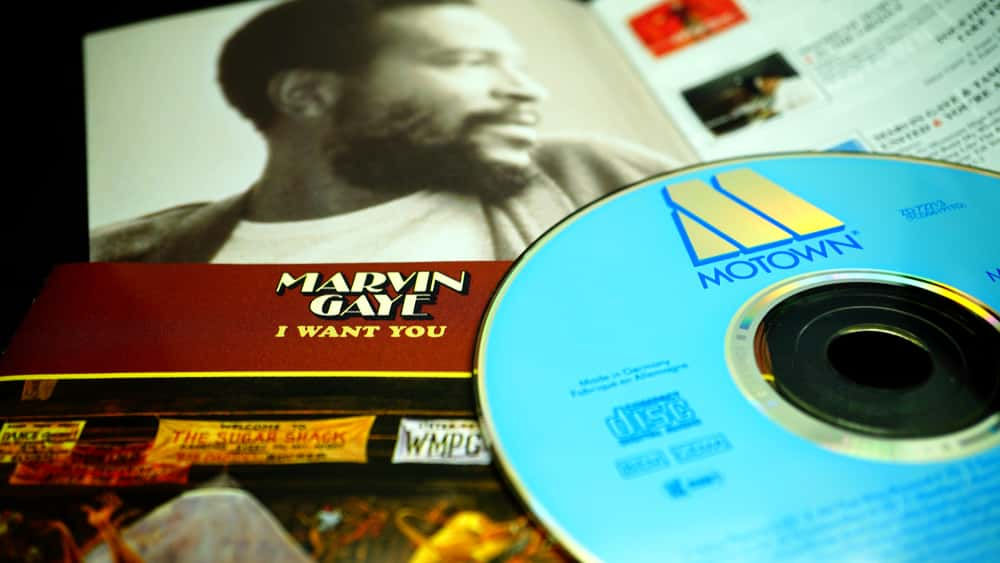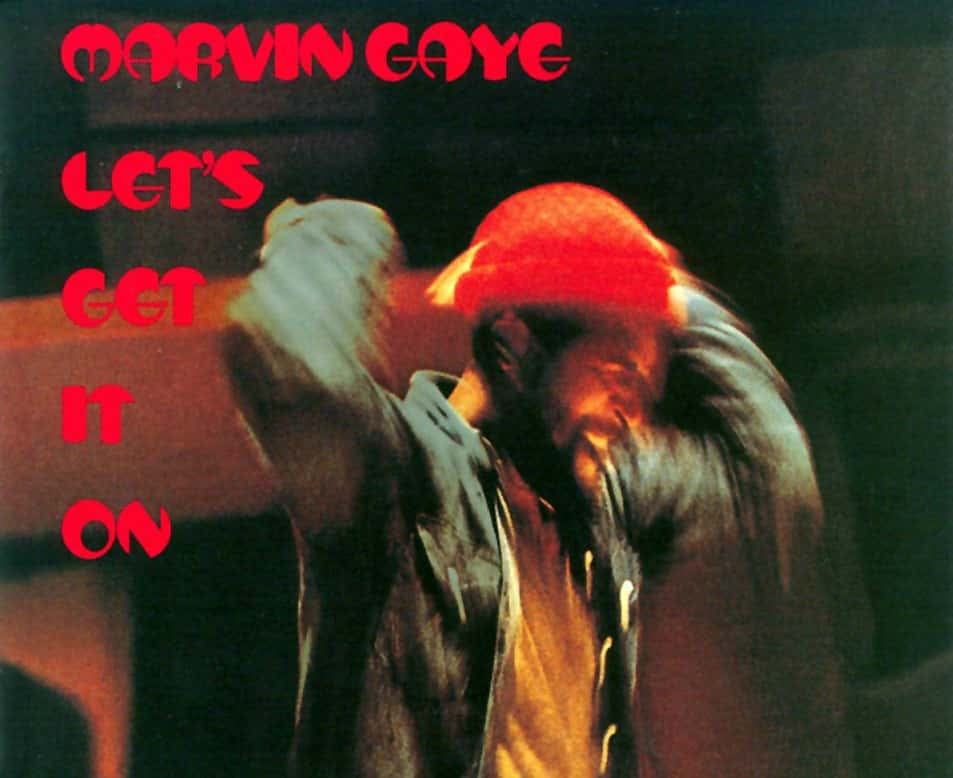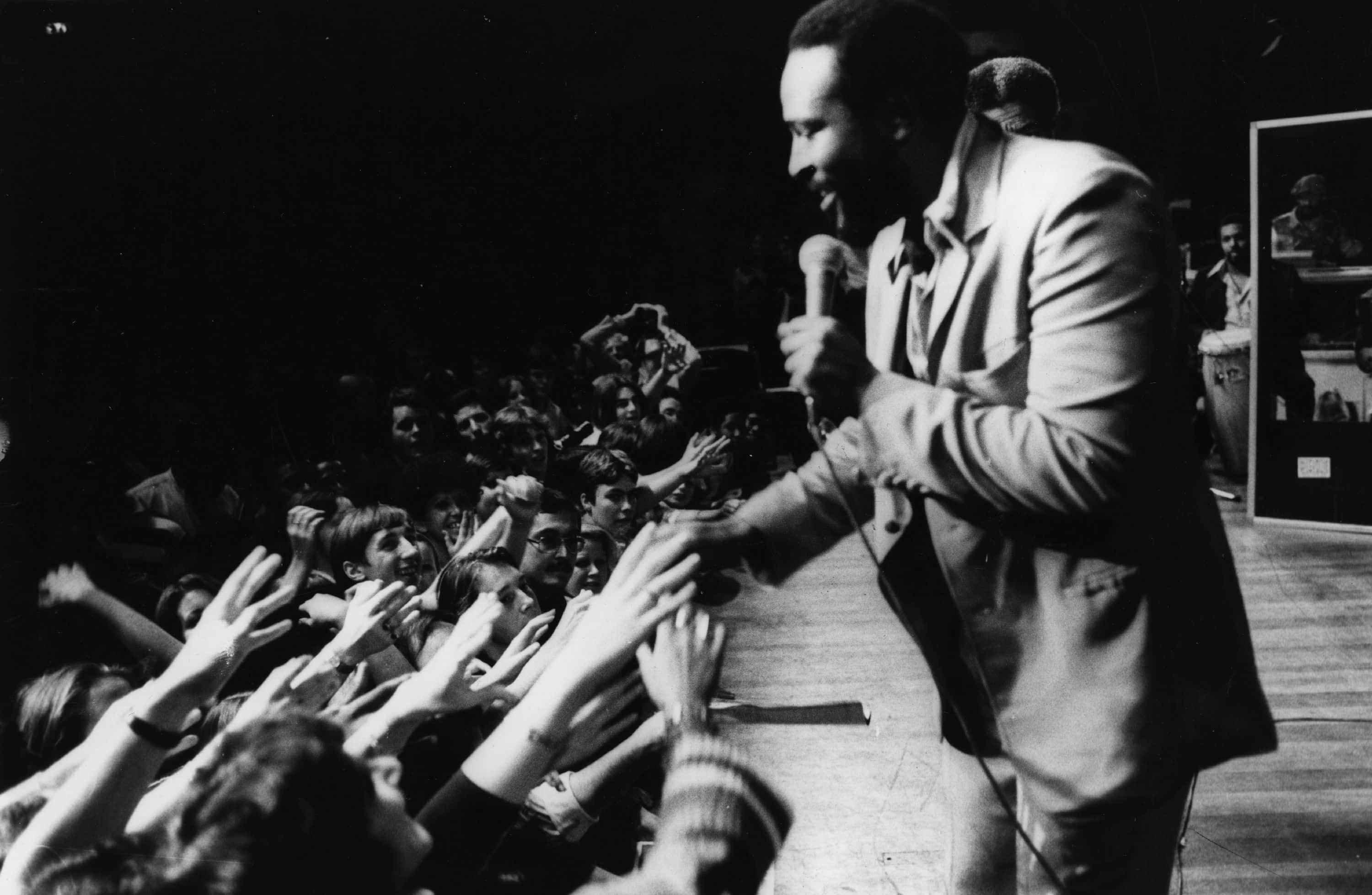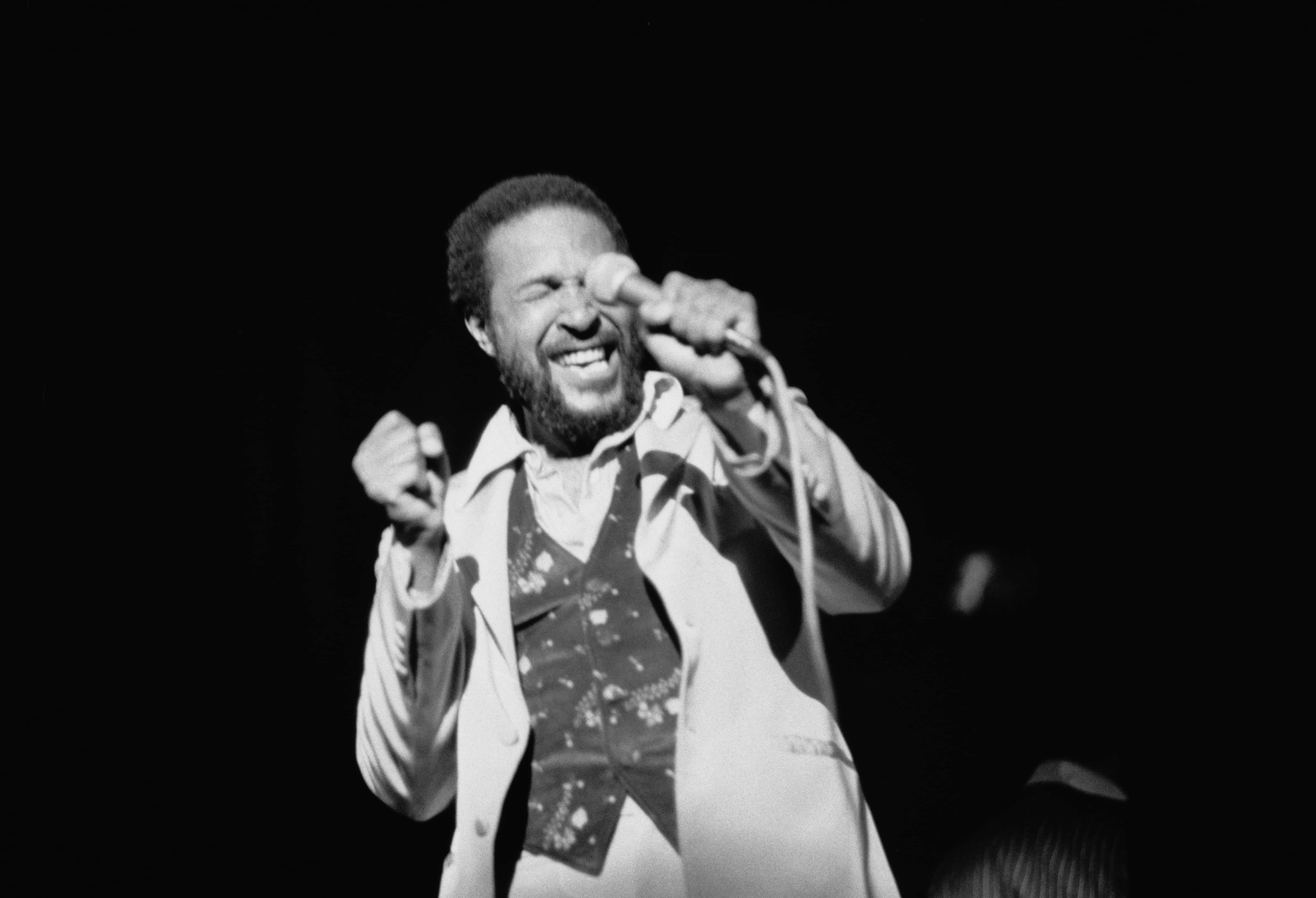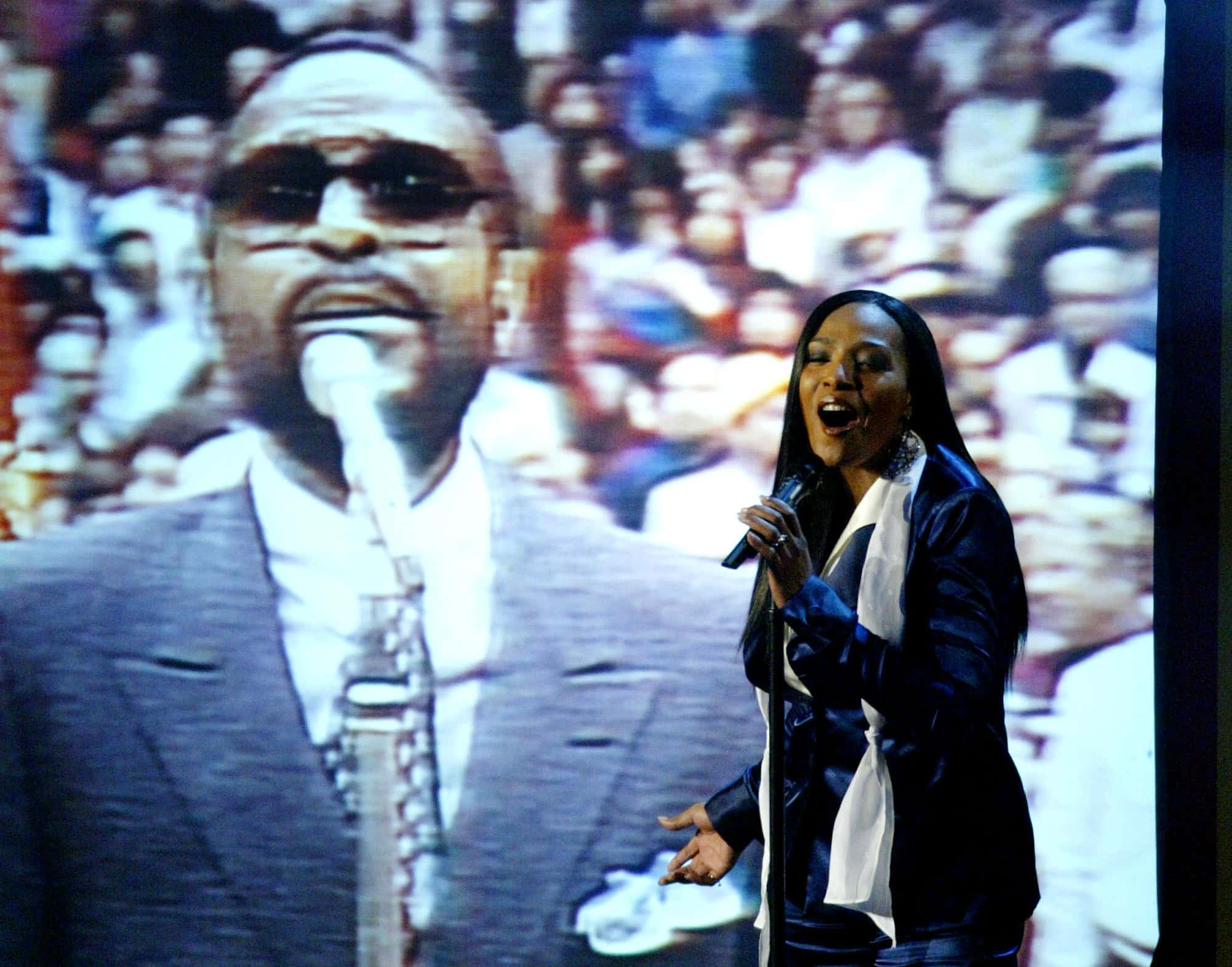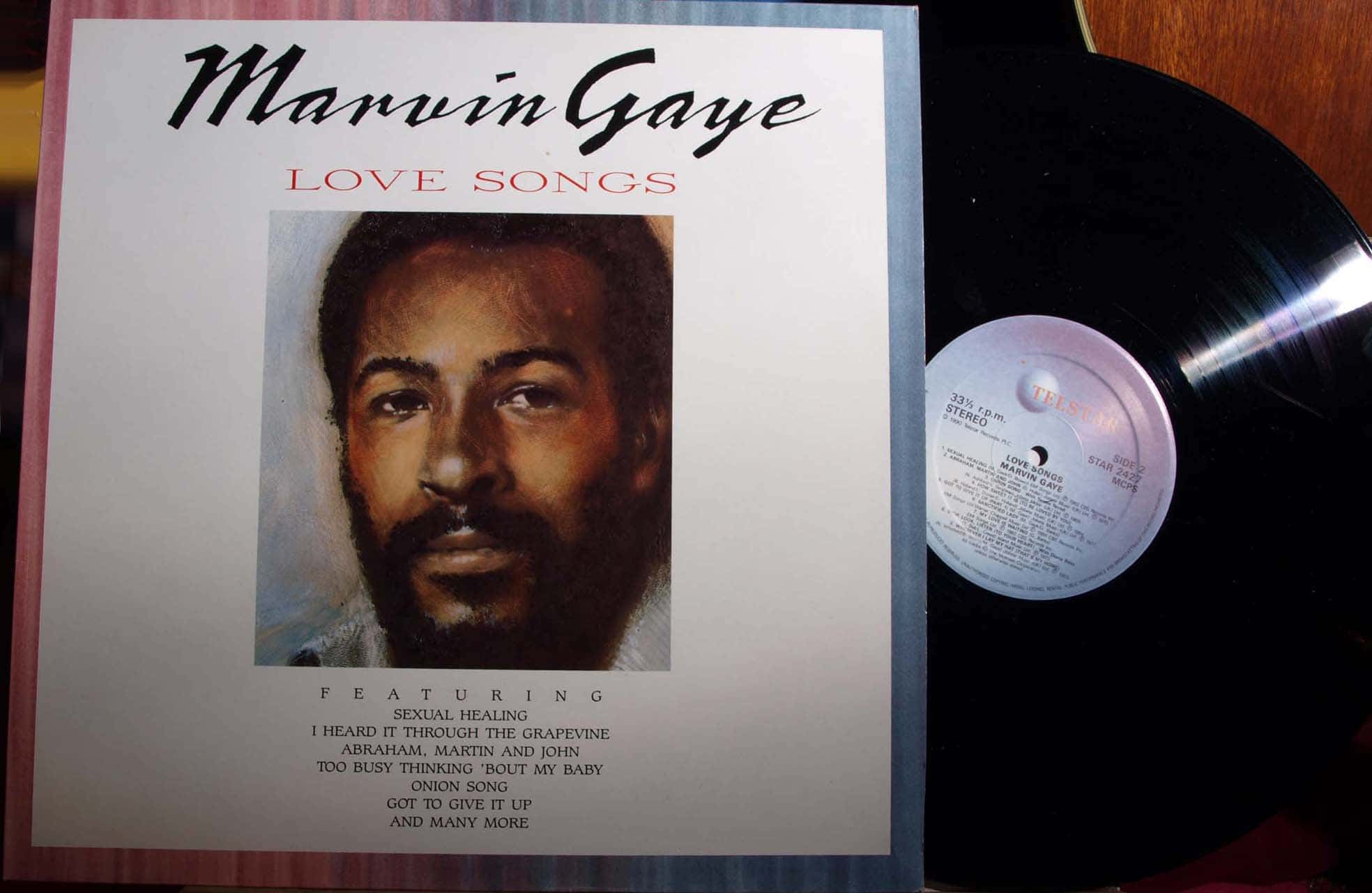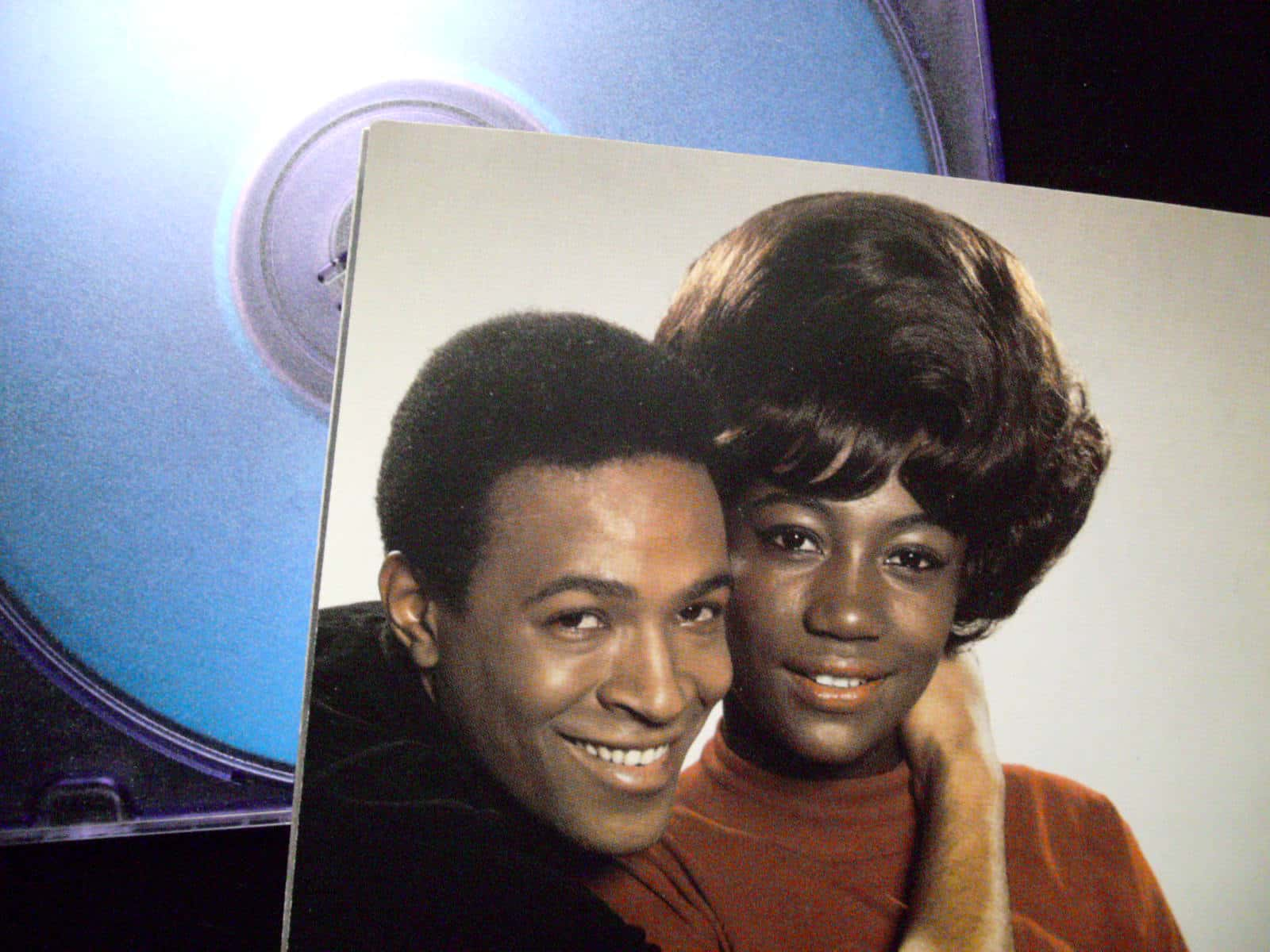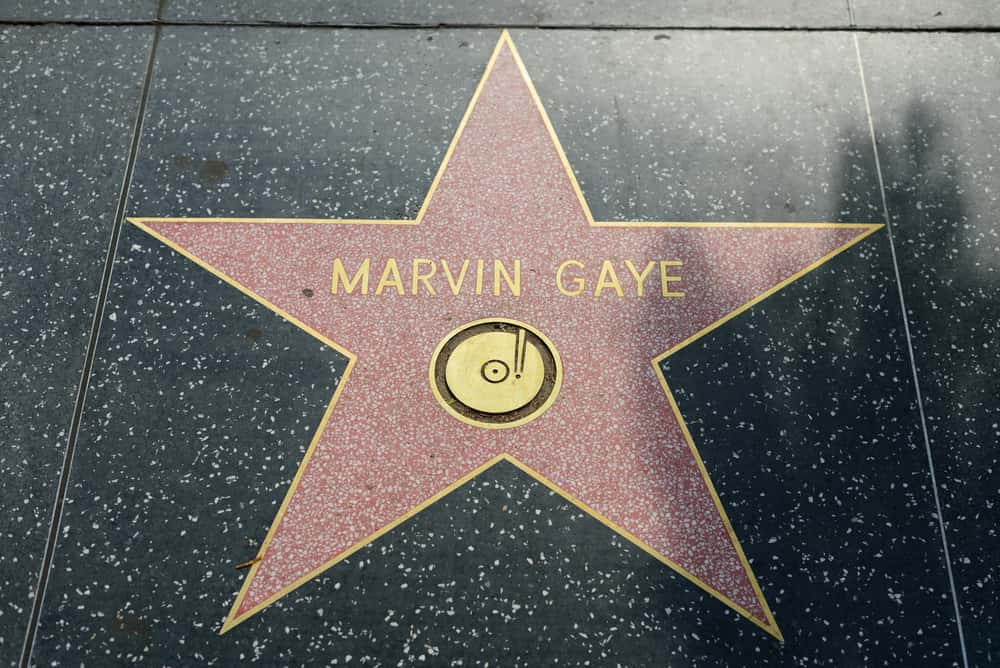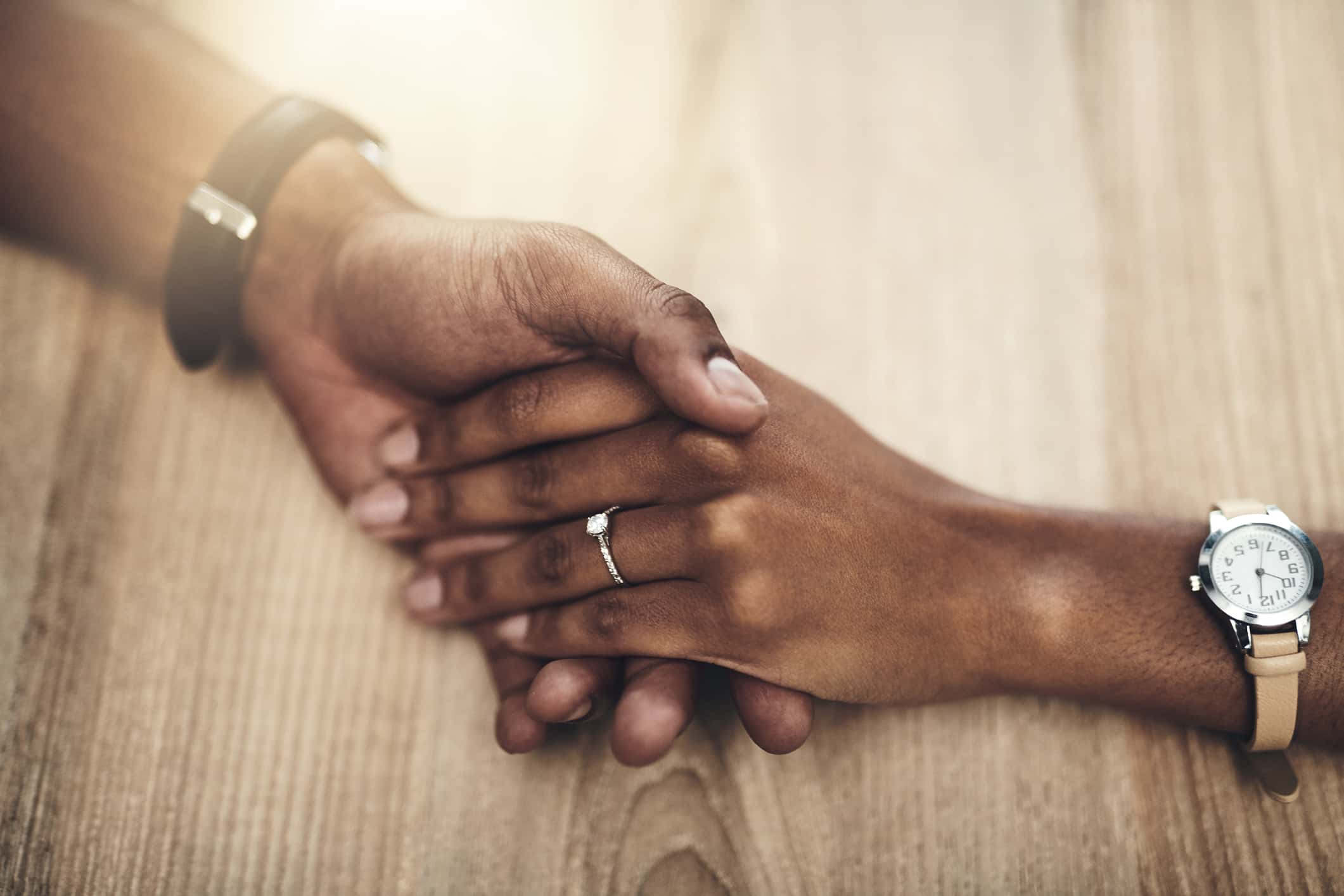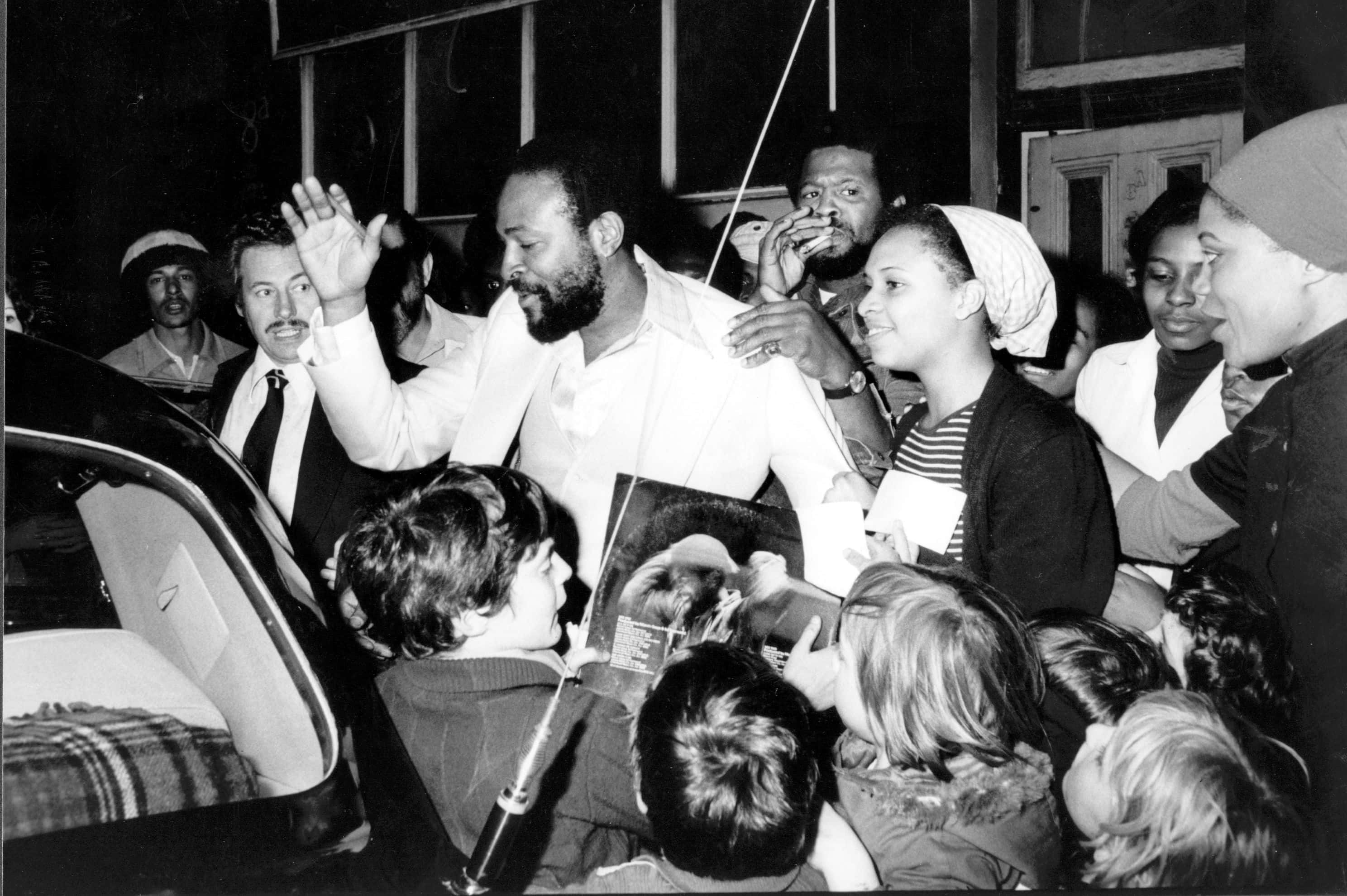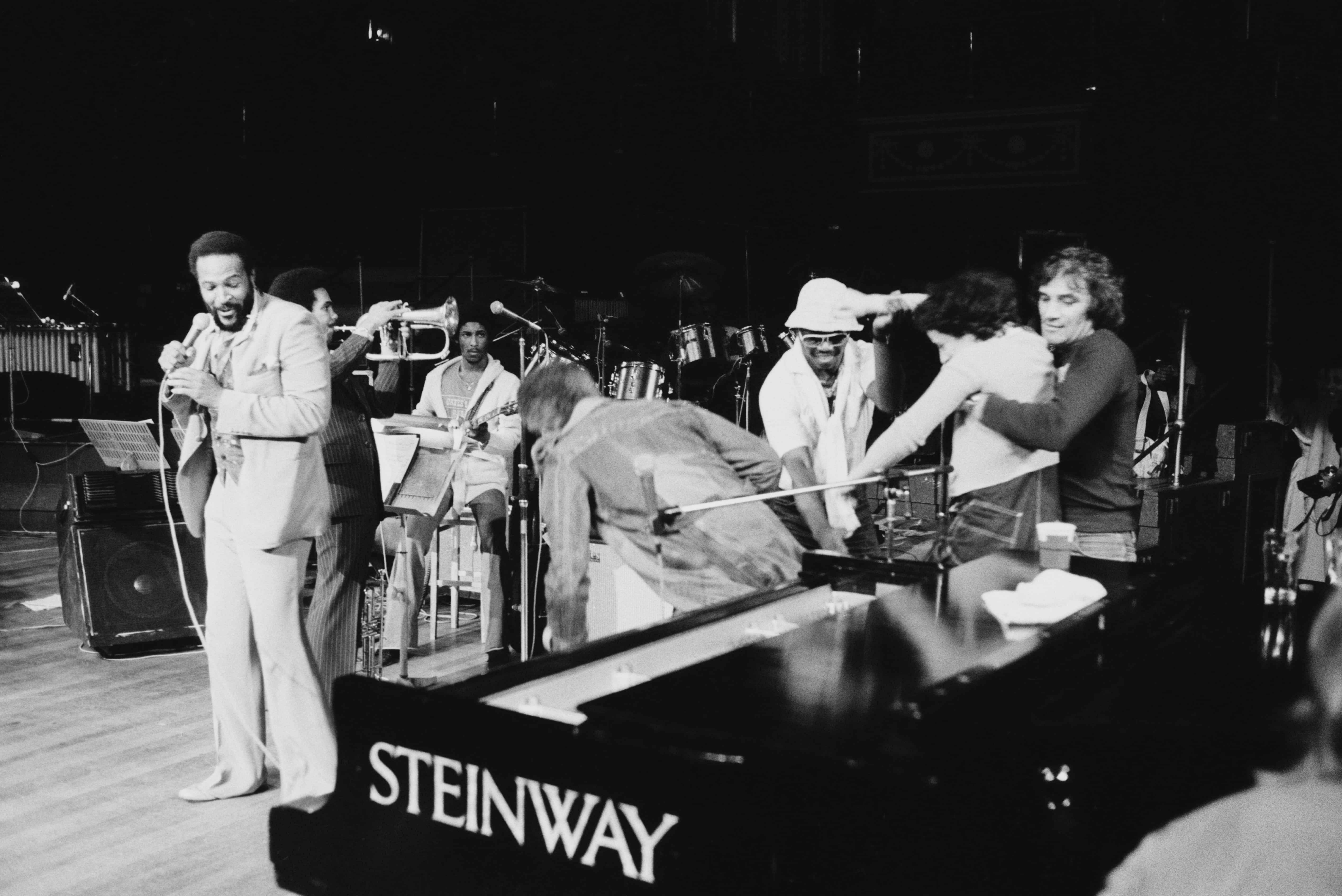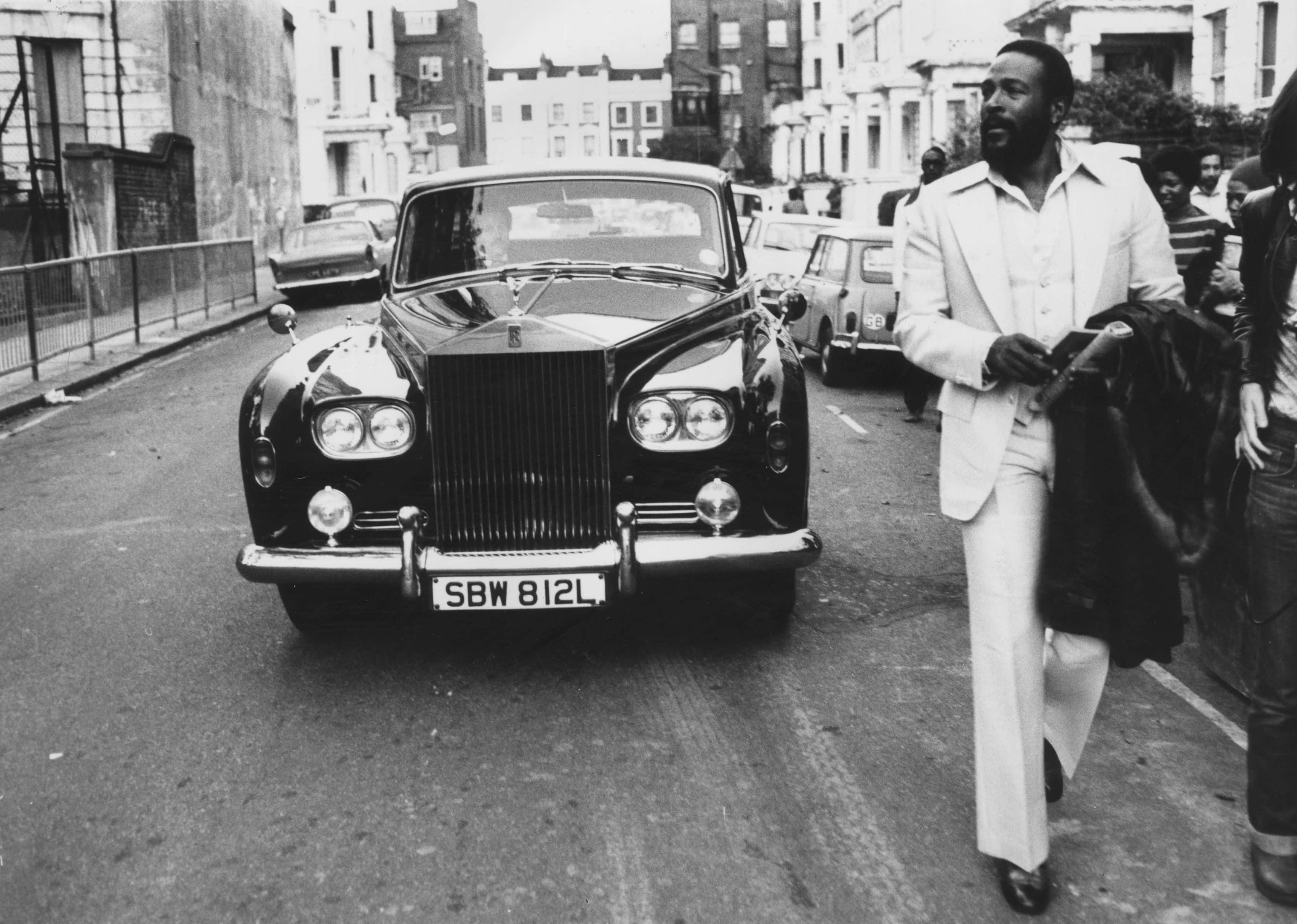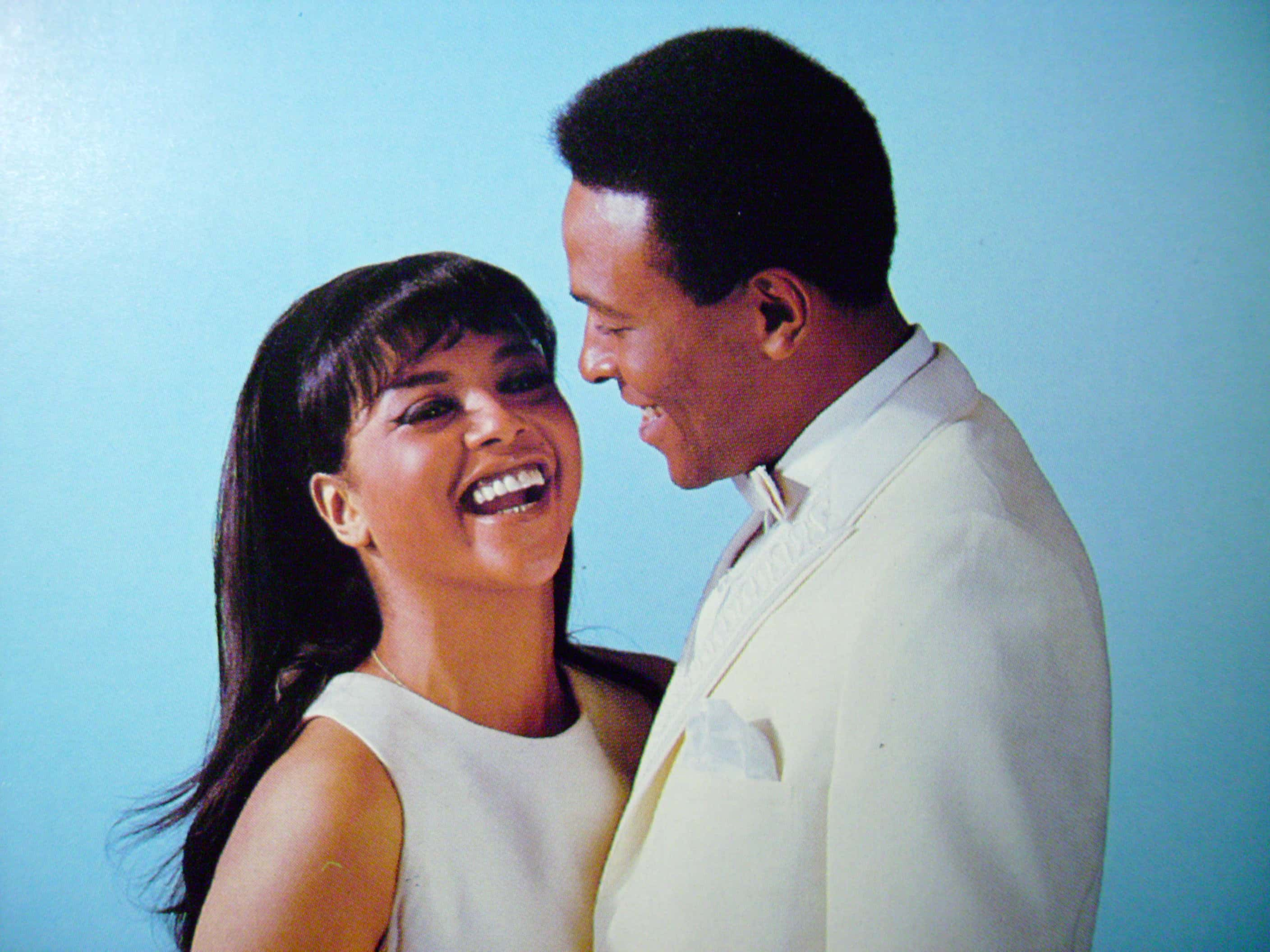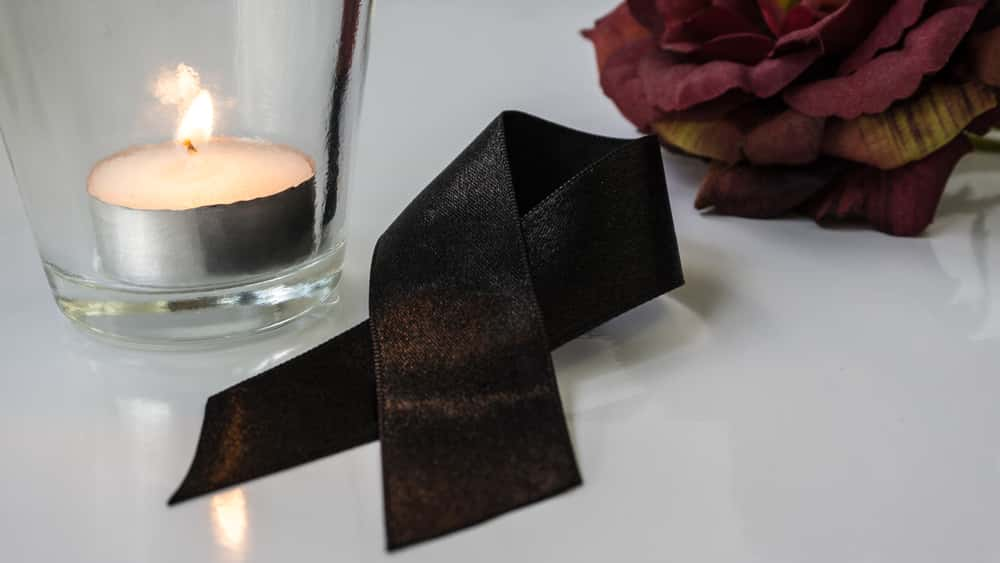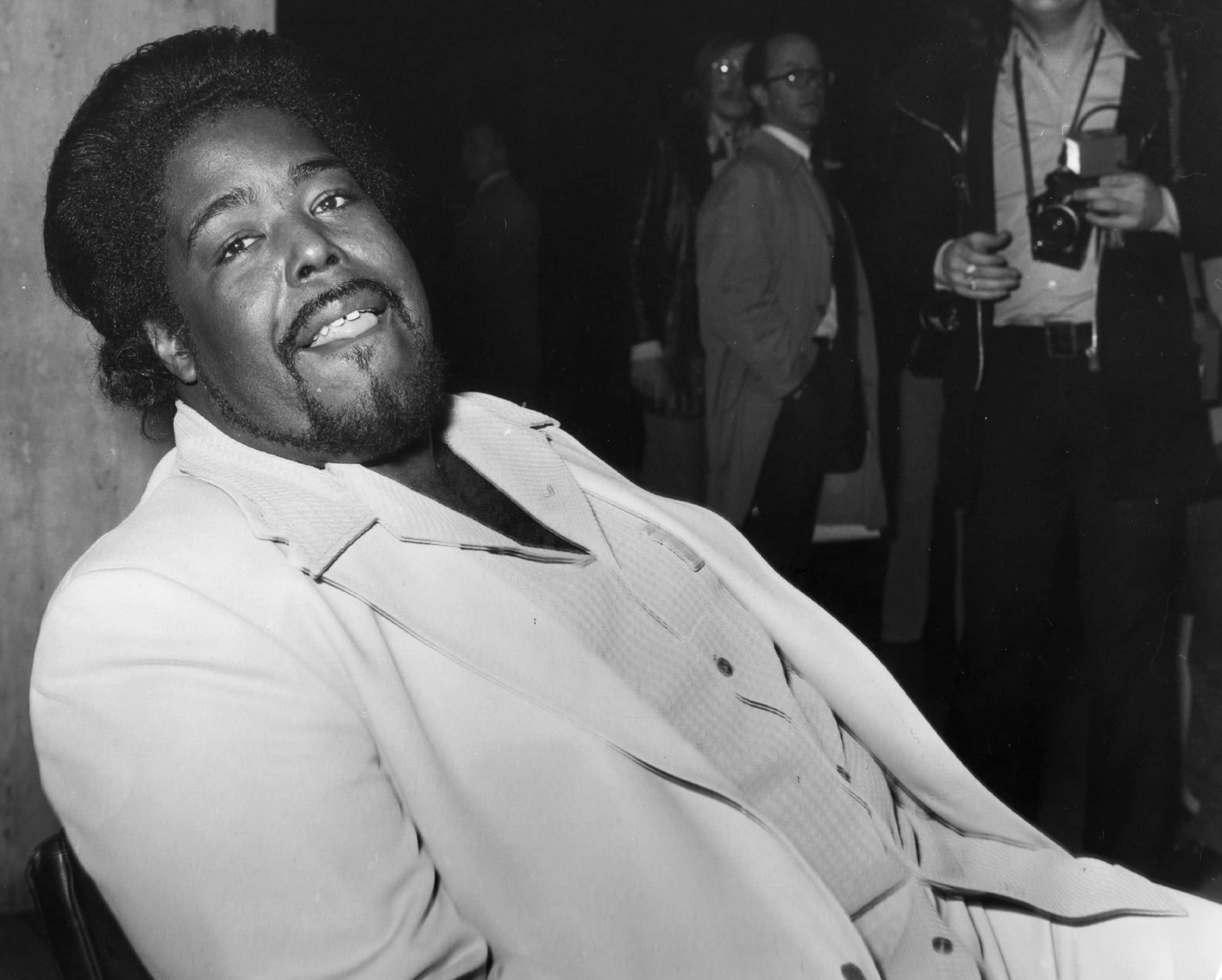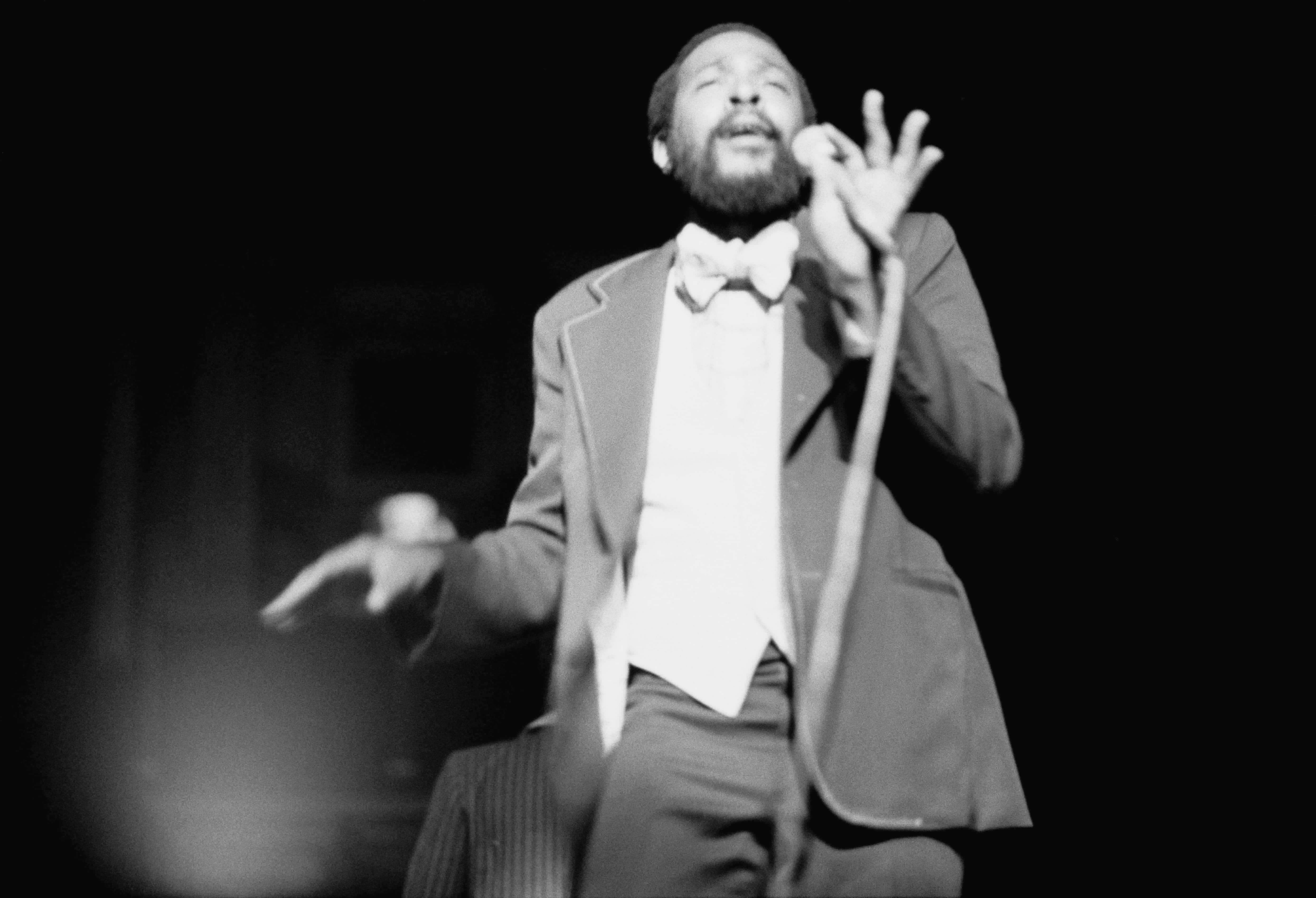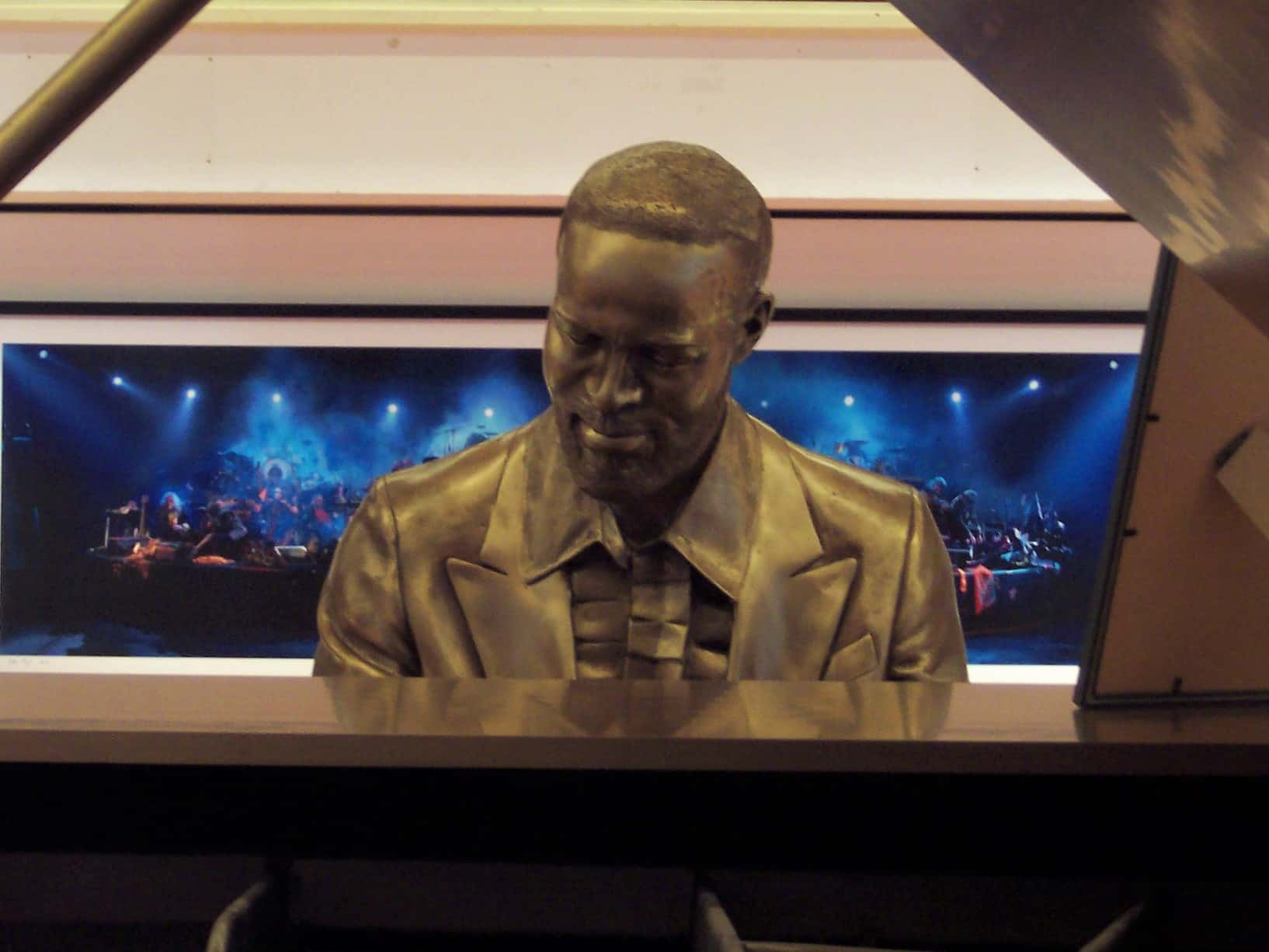Some musicians become so big that they help define an entire genre of music. Just like what Bob Marley was to reggae, or David Bowie to glam rock, so too was Marvin Gaye to soul music. It is difficult to exaggerate Gaye’s influence on American music, and his songs are still within the zeitgeist to this day. But for all his success, Gaye lived far from a happy and peaceful life. His horrifically tragic murder was just the end of a live plagued with strife, stress, and substance abuse. However, that shouldn’t take away from Gaye’s musical reputation, which remains as strong as ever. If you wish to learn more about the man behind the music, continue reading.
1. The Beginning
Marvin Pentz Gay Jr. was born on April 2, 1939, in the US capital city of Washington DC. He was the son of domestic worker Alberta Cooper and church minister Marvin Gay Sr.
2. Adding an E
You might be wondering why there is an extra “e” in Gaye’s name in contrast to his birth name. This was done by Gaye himself during his early adult life. One reason he did this was because of the endless homophobic jokes made at his expense, while another reason stated by Gaye’s relatives was that he wanted to distance himself from his father.
3. A Mirrored Trajectory
Surprisingly, Gaye wasn’t the only famous American musician to add an extra “e” onto his surname. He was partly inspired to do so by the example of Sam Cooke, a blues musician whom Gaye greatly admired. In a tragic coincidence, both musicians were cut down in their prime by violent ends.
4. Daddy Issues
The bane of Gaye’s life was undoubtedly his father, who seemed to take a sincere pleasure in terrorizing and abusing his children. Gaye was beaten for any reason that his father could find, to the point where Gaye once remarked that by the time he was 12, there wasn’t a single part of his body that hadn’t been “bruised and beaten” by his father.
For the rest of Gaye’s life, he would often act antagonistically towards others in his life due to his violent upbringing.
5. Momma’s Boy
By Gaye’s own admission, his father’s abusive parenting was enough to push him to the utter brink. It was only the love and attention he received from his mother which saved the young Gaye from thoughts of suicide. Sadly, this wasn’t the last time in Gaye’s life that he would struggle with suicidal urges (more on that later).
6. Son of a Sadist
According to Marvin Gaye, one of the worst points of his beatings by his father involved him being belted. His father reportedly added terror and humiliation to the punishment by having the young Gaye strip naked and listen to the sound of the belt buckle before the whipping began. Gaye and his siblings later remarked that their father took genuine pleasure from administering abuse, and it affected them for the rest of their lives.
7. Wunderkind
It stands to reason that Marvin Gaye was a very talented musician. He was gifted with a four-octave vocal range, singing in church choirs when he was as young as four years old. Aside from that, he was also an accomplished drummer. Gaye actually spent part of his early career working as a session drummer for other musical acts before he himself became established in his own right.
8. Starting Early
Gaye’s music career began when he was a teenager. In Junior High, Gaye was a member of his school’s glee club—which must be encouraging to glee club students everywhere. During high school, Gaye performed in numerous doo-wop groups, presumably in between his telling the teachers off for being far too square.
9. Movie Music
It would be impossible to name all the Hollywood films which made use of Gaye’s music in their soundtracks. Among the most memorable ones are The Big Chill, Se7en, Menace II Society, Captain America: Winter Soldier, and of course, Guardians of the Galaxy.

Sign up to our newsletter.
History’s most fascinating stories and darkest secrets, delivered to your inbox daily. Making distraction rewarding since 2017.
10. Bad Start
Gaye’s first single as an artist was released in May 1961. Sadly, for Gaye, “Let Your Conscience Be Your Guide” failed to resonate with audiences. Subsequently, the single’s album, The Soulful Moods of Marvin Gaye, was also unsuccessful upon release. It was such a failure that Gaye actually had to go back to being a session musician to make ends meet.
11. Broken Future
As a teenager, Gaye’s relationship with his father was no better than when he was a child. While the beatings were less frequent, Gaye was frequently kicked out his house, to the point where he dropped out of high school as well.
12. Love and Marriage
Marvin Gaye was married twice in his life, first to Anna Gordy and then later to Janis Hunter. In a surprising bit of symmetry, Gordy was 17 years older than Gaye, and Hunter was 17 years younger than Gaye.
13. Good Morning, Honey
Speaking of Gaye’s first wife, Anna Gordy was the older sister of Berry Gordy Jr., who was the producer behind many of Gaye’s songs at Motown. She first met the 20-year-old Gaye when he was part of the band known as Harvey and the New Moonglows. Reportedly, their courtship first began with Gaye never failing to greet Gordy every morning that they saw each other.
Gaye and Gordy were married in 1963, after three years of dating.
14. This Was a Bad Idea
In 1956, when Gaye was just 17 years old, he was once again kicked out of his house by his father, so he enlisted in the United States Air Force as a basic airman. If Gaye though that this would turn his life around, he was disappointed. Gaye was deeply frustrated by the endless menial tasks that he had to do, and his sergeant later accused Gaye of never following orders.
15. Let’s Get Outta Here!
As you can tell, Gaye regretted enlisting in the US Air Force almost immediately, and he strove to get out of this commitment. Allegedly, Gaye faked a mental illness in an attempt to get himself kicked out. This performance worked, as he was given a “General Discharge” from the service.
16. We’re Seeing a Consistent Theme
In between his music career, Gaye also found the time to act in films! Gaye’s first film was the 1969 ABC film The Ballad of Andy Crocker. Gaye also appeared in Chrome and Hot Leather two years later. This exploitation film followed Vietnam War veterans who face off against a biker gang.
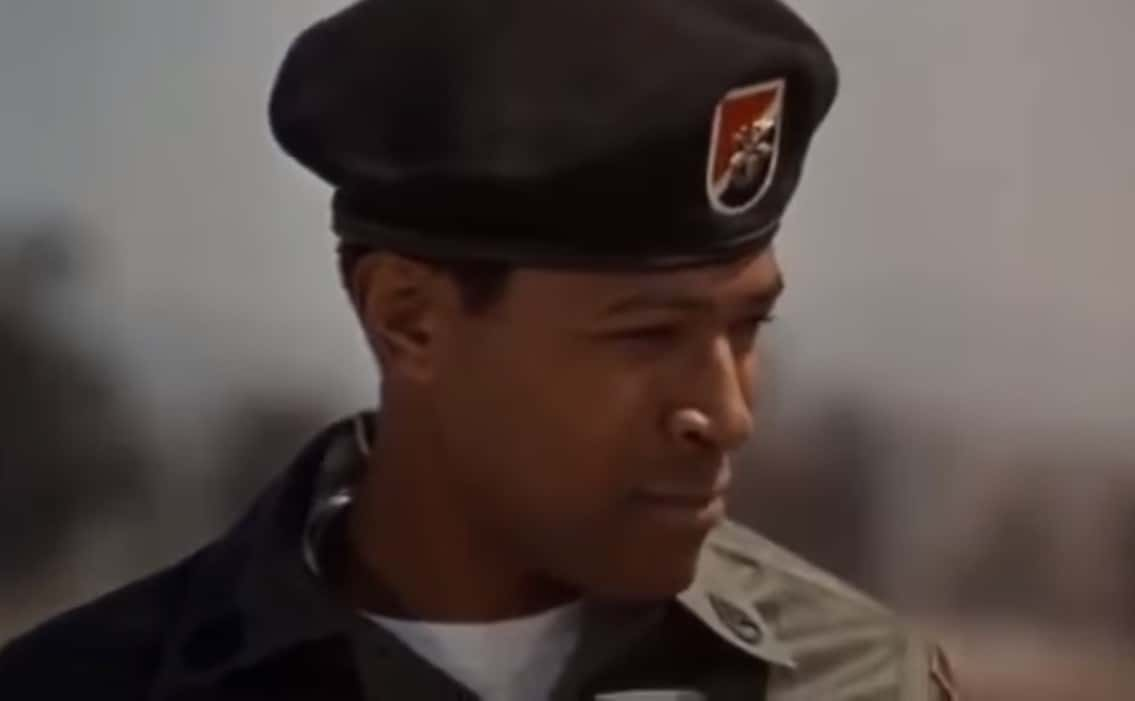 Chrome and Hot Leather, American International Pictures
Chrome and Hot Leather, American International Pictures
17. Auspicious Offspring
Gaye had three children during his life. His first, a boy, was adopted by Gaye and his first wife, Anna Gordy. The baby was named Marvin Gaye III, even though he and his father no longer had the same surname as Gaye’s father. Gaye had two more children by his second wife, Janis Hunter: a son named Frankie Christian and a daughter named Nona.
Nona not only followed her father into the music industry, but also became an accomplished actor. Four of her most successful films were The Matrix Reloaded, The Matrix Revolutions, The Polar Express, and Crash.
18. Making it Rain
In 1971, Gaye signed a deal with Motown that was worth $1 million. At the time, it was the most money ever paid out to a black recording artist.
19. Let’s Get it on… in Court!
As some of you might remember, Gaye’s name was brought up in a big way in 2015 regarding a popular song ripping him off. Robin Thicke and Pharrell Williams were both accused of plagiarizing Gaye’s “Got to Give it Up” for their own song “Blurred Lines.” The lawsuit was successful, and the Gaye estate was awarded more than $7.4 million in damages.
20. Wake Up, Marvin!
Very early in his career, Gaye had a habit of closing his eyes whenever he sang live. Some pointed to this habit as a reason for why he wasn’t working out as a solo artist, since it apparently looked like he was falling asleep on the stage. Gaye eventually gave it up to try and improve his performances.
21. Losing the V-Card
Before he left the US military, Gaye managed to have his first sexual encounter when he engaged in a rendez-vous with a sex worker. Gaye later reflected that during this time, he was exposed to “a world of pure sex where people turned off their minds and fed their lusts, no questions asked.”
22. Debunking the Myth
In 1976, Marvin Gaye released his hit single “I Want You,” which was recorded with more of a funk sound than just the soul music by which Gaye had become famous. A legend attached to the song claims that Gaye clapped eyes on Janis Hunter, his future second wife, and spent a mere two hours writing and recording the song, clearly inspired by her.
However, like all such legends, it’s merely a good story. The song wasn’t originally written by Gaye, but rather by Leon Ware and Arthur Ross.
23. What a Fitting Title
Another story which persists to this day about Gaye’s relationship with Janis Hunter is the idea that he was recording “Let’s Get It On” when they first met. We didn’t find anything to contradict this anecdote, and we honestly can’t blame Hunter for falling in love with Gaye in those circumstances!
24. Solve the Problem with Soul
By the mid-1970s, Gaye was estranged from his first wife and their adopted child. He was in a relationship with Janis Hunter, and Anna Gordy was not only filing for divorce, but also accused him of not paying alimony. In order to solve both those issues, Gaye agreed to relinquish 50% of his next album’s royalties to Gordy.
Gaye initially wanted to make a half-assed album without much effort, but as he began recording, he changed his mind and put his all into the album.
25. Over-Sharing?
Of course, if Here, My Dear was just a great album that helped Gaye pay off his alimony, it wouldn’t have been quite as memorable. However, Gaye ended up adding a rather bitter note to the album’s success. The songs on the album are almost entirely focused around his failed first marriage and subsequent bitter divorce!
It was so explicitly about his personal life, in fact, that Anna Gordy threatened to sue Gaye for $5 million over invasion of privacy.
26. Let’s Play!
In 1983, Gaye gave a live performance to open the 33rd National Basketball Association All-Star Game. He sang several songs during his television appearance, but his rendition of “The Star-Spangled Banner” was hailed as a high point in the history of the NBA on television. Sadly, this proved to be Gaye’s final appearance on live television, due to his murder the following year.
27. You Can’t Stop a Classic
By contrast to the myth of Gaye writing and recording a song in just two hours, it took him five sessions to record the song “I Heard It Through the Grapevine,” one of his biggest hits. Gaye was persuaded to sing the song in a key which was higher than his usual pitch. This didn’t sit well with his producer, Berry Gordy, who didn’t like the single.
He even attempted to block the song getting released. We can only imagine how embarrassed he felt when the song became one of Gaye’s classic tracks.
28. Ladies’ Man
Aside from his marriages, Gaye had a number of relationships with other women. Among those who knew the singer romantically were British women Lady Edith Foxwell and Deborah Decker. It was also suspected that Gaye had intimate relationships with his singing companions Mary Wells and Kim Weston, but both have denied those claims.
29. Twice the Fame
Gaye never lived long enough to see himself inducted into the Rock and Roll Hall of Fame, which finally happened in 1987. Three years after that, Gaye was also given a star on the Hollywood Walk of Fame. You can find it at 15000 Vine Street.
30. Silver Lining
Despite the deeply turbulent way in which their marriage ended, Anna Gordy and Gaye were eventually reconciled in the 1980s. This time, their relationship was entirely platonic, with Gordy attending the 1983 Grammy Awards to applaud Gaye’s two Grammy wins. She later assisted in scattering Gaye’s ashes near the Pacific Ocean, keeping a portion of them for herself to remember him by.
31. Necessary Retreat
By 1981, Gaye was at a low point. He was struggling with depression, cocaine addiction, debts, arguments with Motown Records, and the spiraling nosedive that was his second marriage falling apart. After completing a European tour, Gaye was persuaded to take some time off in Ostend, Belgium at the home of Freddy Cousaert.
While he was there, Gaye cut ties with Motown, stayed sober, and made a deal with CBS Records to make new music. One of the first songs which came out of this new deal was “Sexual Healing.” Between the massive sales and the two Grammy Awards, it’s safe to say that “Sexual Healing” marked a return to form for Gaye!
32. There’s a Conspiracy!
For most of his adult life, Gaye was a recreational drug user. He often smoked marijuana throughout his life, but trouble began when he was introduced to cocaine. His dependence on cocaine grew exponentially as he got older, and this sadly fed into his paranoia. Convinced that someone was plotting to kill him, Gaye eventually spent his Sexual Healing tour wearing bullet-proof vests and employing armed bodyguards to follow him wherever he went.
33. And… Action?
Many attempts have been made to produce and release a biopic of Gaye’s extraordinary life. Cameron Crowe and F. Gary Gray were both set to direct films about Gaye, with actors like Will Smith and Terrence Howard being considered as possible lead actors for those film projects. However, aside from partly inspiring the character played by Eddie Murphy in Dreamgirls, no film portrayal of Gaye has yet graced the silver screen as of August 2019.
It doesn’t help that several members of Gaye’s family have maintained that they’d oppose any film adaptation of Gaye’s life.
34. So Much for a New Leaf
If Gaye’s first marriage was turbulent, then his second marriage was even worse. Gaye reportedly abused Janis Hunter during their relationship, and even pushed her into having affairs with other men purely out of spite. Substance abuse also affected the marriage, leading to Hunter filing for legal separation in 1979.
35. Divorce Doesn’t Mean the End
Despite Gaye and Janis Hunter divorcing in 1981, the couple never truly ended their relationship. They continued to have an off-and-on affair for the rest of Gaye’s life.
36. Fallen Friend
One of the more tragic aspects of Gaye’s personal life—and that’s saying a lot—involved his singing partner, Tammi Terrell. It’s still uncertain whether their relationship was platonic or romantic. Either way, tragedy struck them in 1967. Terrell was in Virginia, performing a concert with Gaye, when she collapsed onstage.
It was revealed that she’d had a brain tumor, which resulted in her death. Gaye blamed himself for her death, sunk even deeper into depression, and increased his cocaine use from then on.
37. Some Things Never Change
In August 1983, Gaye had finished his Sexual Healing tour and went to live with his parents to help take care of his mother. She was recovering from kidney surgery, so Gaye moved into the house which he’d originally bought for them in 1973. Things became problematic between Gaye and his elderly father, to the point that his father once called the police on his son to have him removed from the property.
Despite this, Gaye reportedly refused to leave the house, as he wanted to make things work between himself and his father somehow.
38. What’s the Opposite of Oedipus?
On the afternoon of April 1, 1983, Gaye found himself embroiled in a vicious verbal attack against his mother by his father. Gaye intervened on his mother’s behalf, ordering his father away from them both. When his father refused to comply, Gaye physically attacked him, only stopping when his mother pulled father and son apart.
Just a few minutes later, Gaye’s father returned to his son’s room, this time armed with a gun, which he used to shoot his own son to death.
39. What Might Have Been
Along with so much more potential for years of great music, Gaye’s premature death put an end to a collaboration he was planning at that point in his life. He was set to perform a duet with none other than the melodious-voiced Barry White.
40. Seeking Death
Before his murder, Gaye had attempted suicide three different times in his life. In 1969, Gaye was prevented from shooting himself in the wake of his failing first marriage. Ten years later, Gaye took a whole ounce of cocaine in a deliberate overdose attempt. The third attempt took place just four days before his death when Gaye threw himself out of a sports car while it was driving at high speed.
Despite this final attempt, he ended with minor bruises. These suicide attempts were, if nothing else, clear indications that no matter how famous or rich Gaye became, he never truly overcame his depression. Even after his father had shot him, Gaye’s last words—spoken to his brother—reflected that his father had done what he never succeeded in doing.
41. The End
Although he was shot twice by his father, Gaye was killed by the first bullet, which struck his heart. Gaye died April 1, 1984, just a single day before his 45th birthday. Gaye’s aged father, meanwhile, pleaded no contest to voluntary manslaughter, due to the injuries that he’d received from Gaye prior to shooting him.
He was sentenced to a six-year suspended sentence and five-year probation, dying in 1998.
42. Not the Original Reason…
The pistol that Gaye’s father used to shoot his son was a Smith & Wesson .38 special. In a bit of truly twisted irony, Gaye himself had bought the gun for his father so that he could defend himself against potential intruders.


